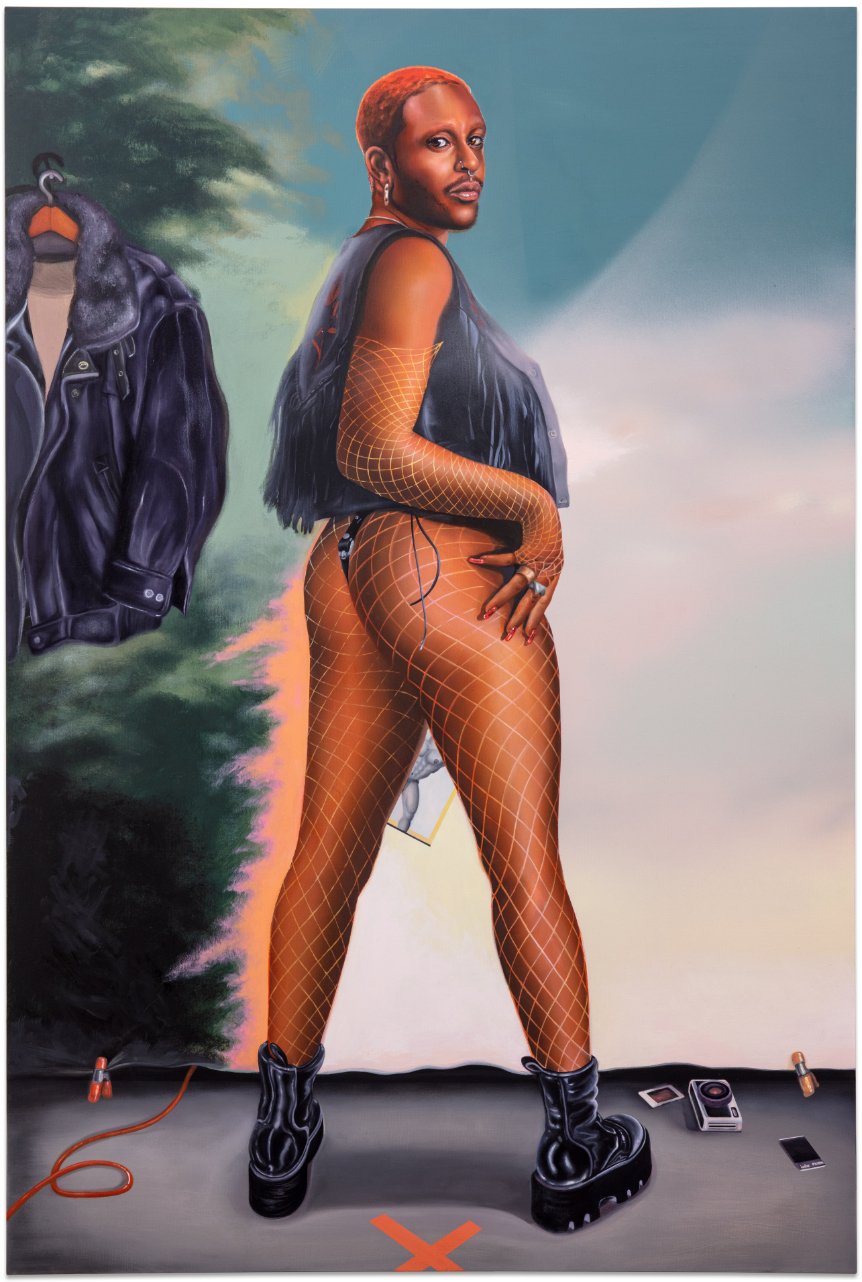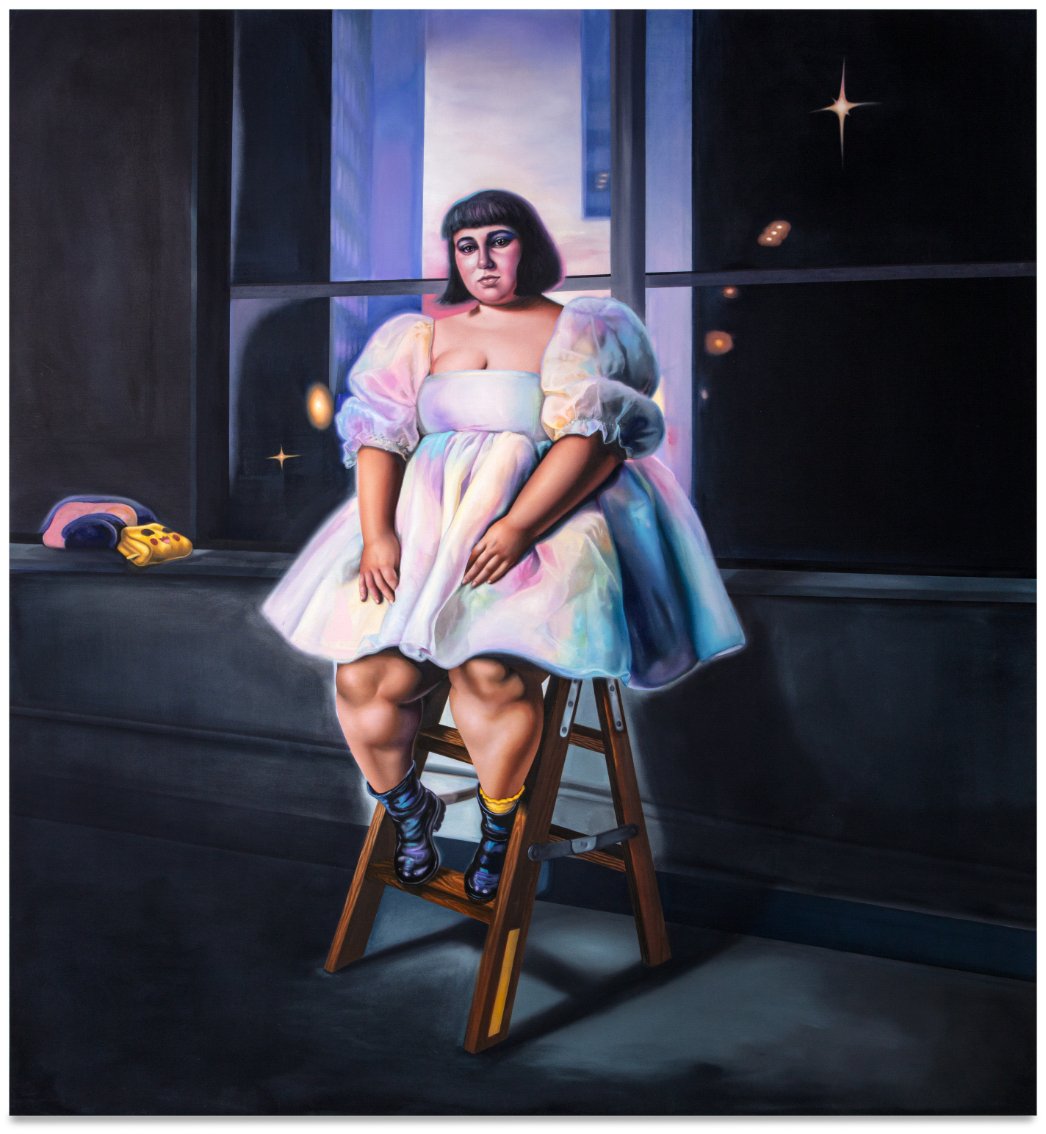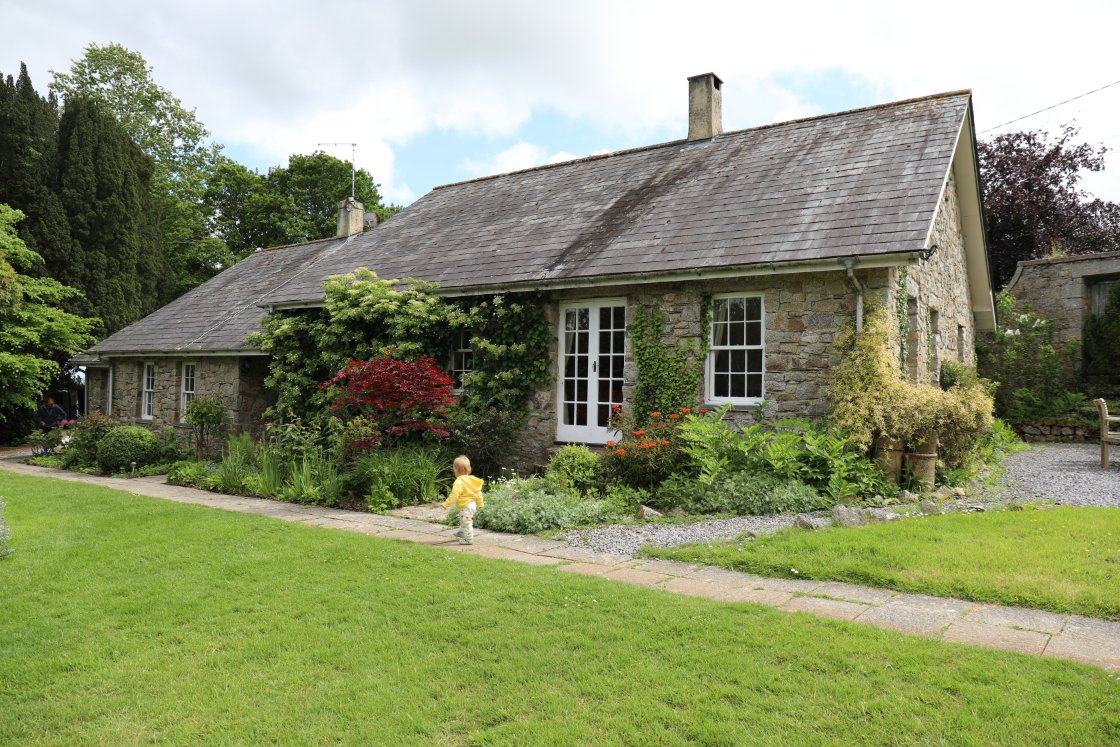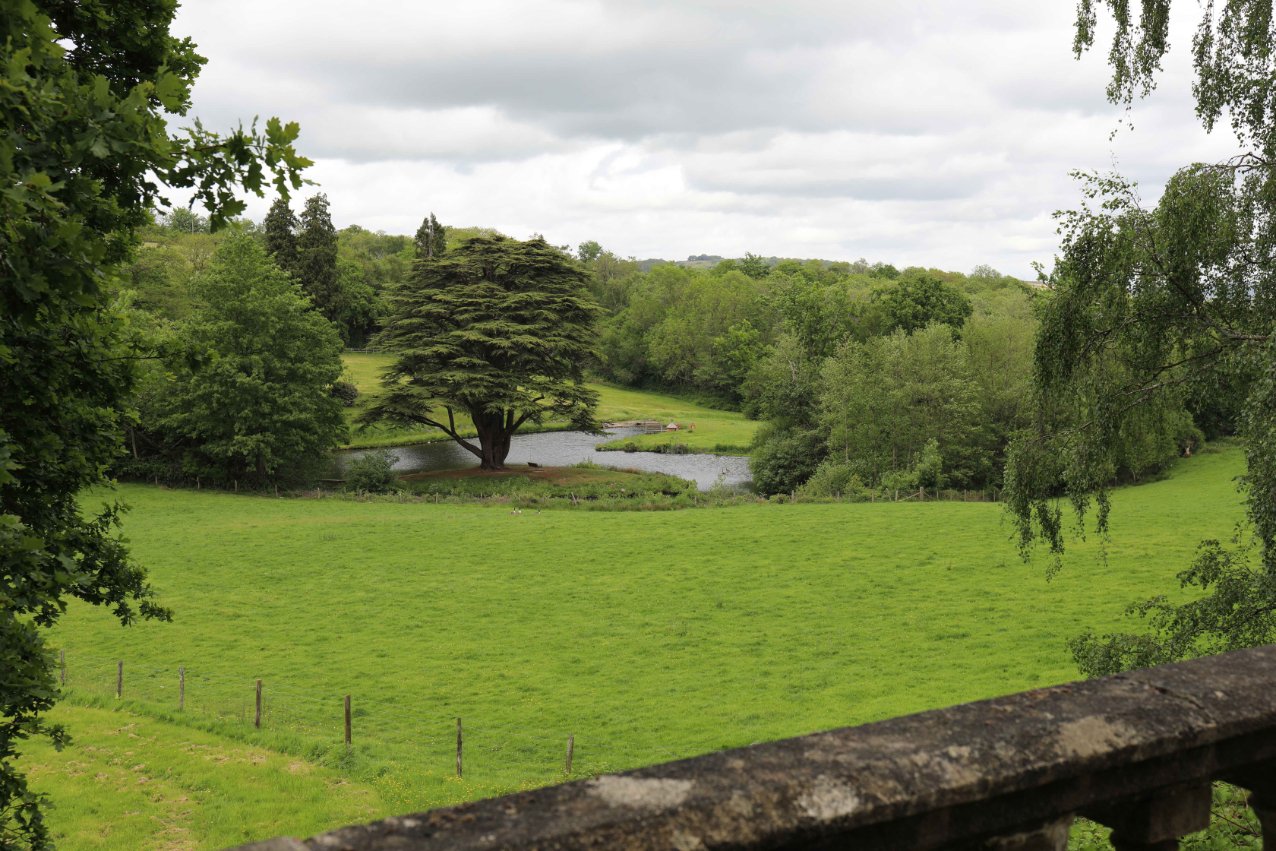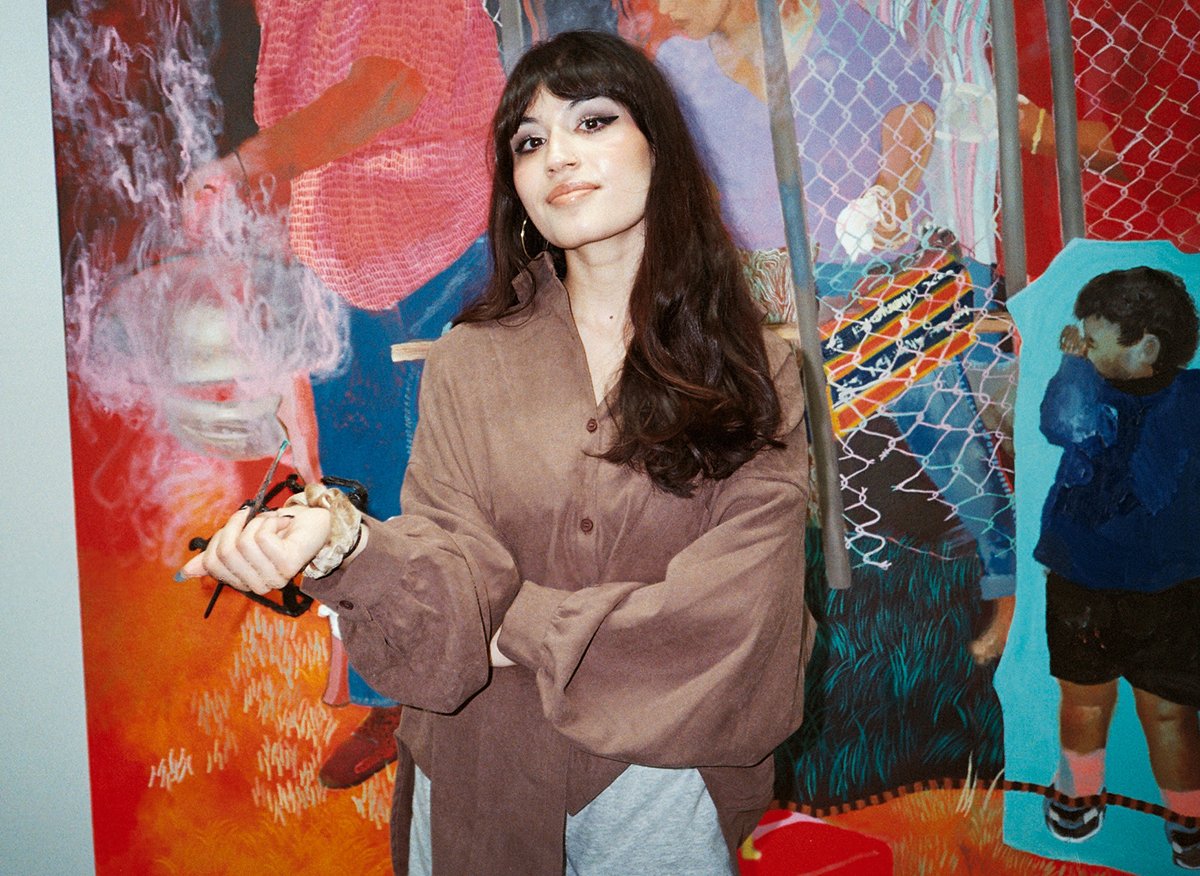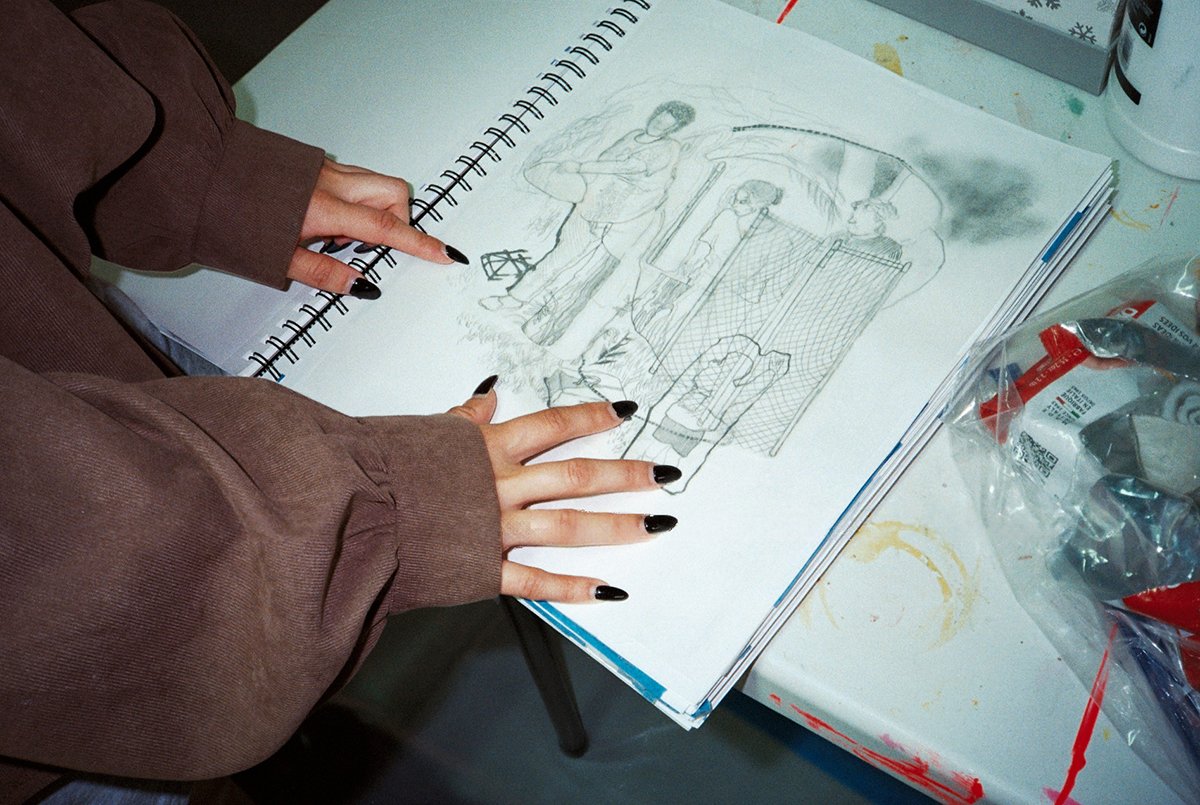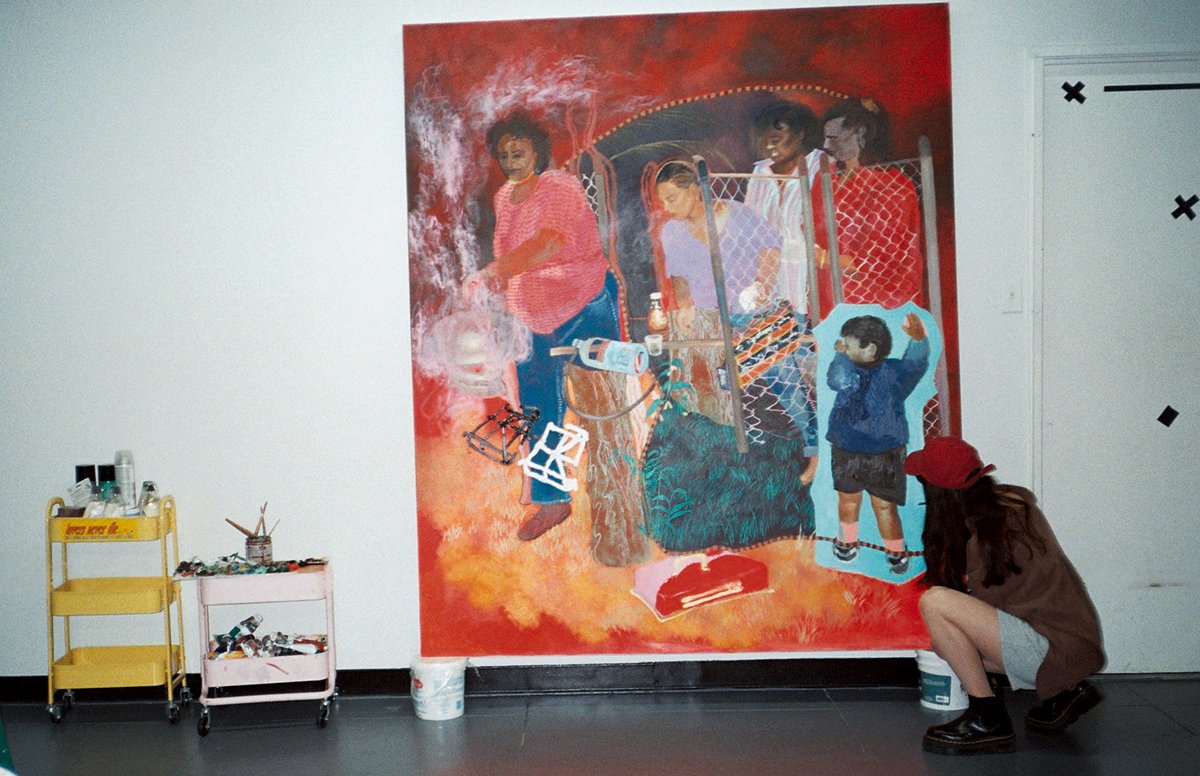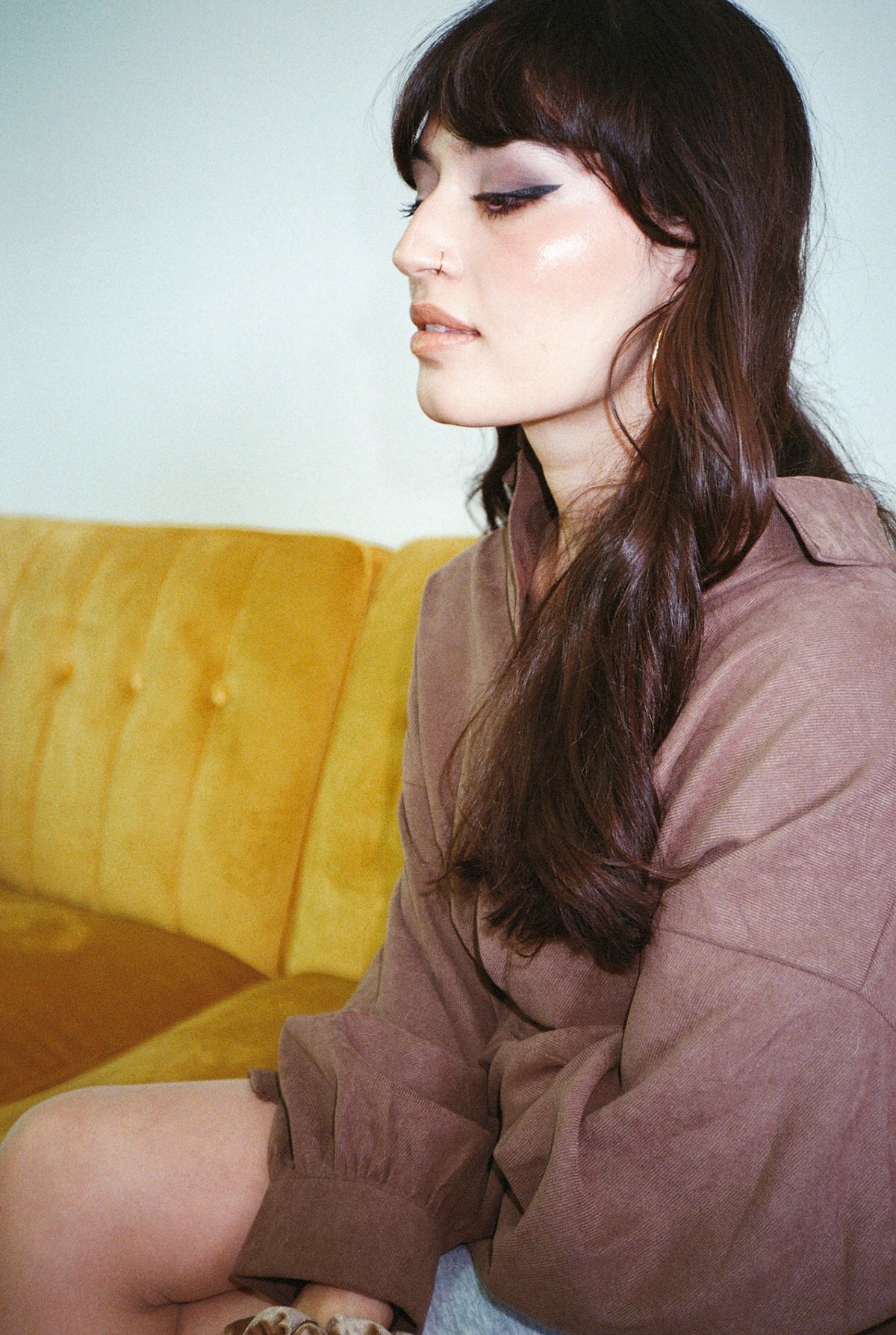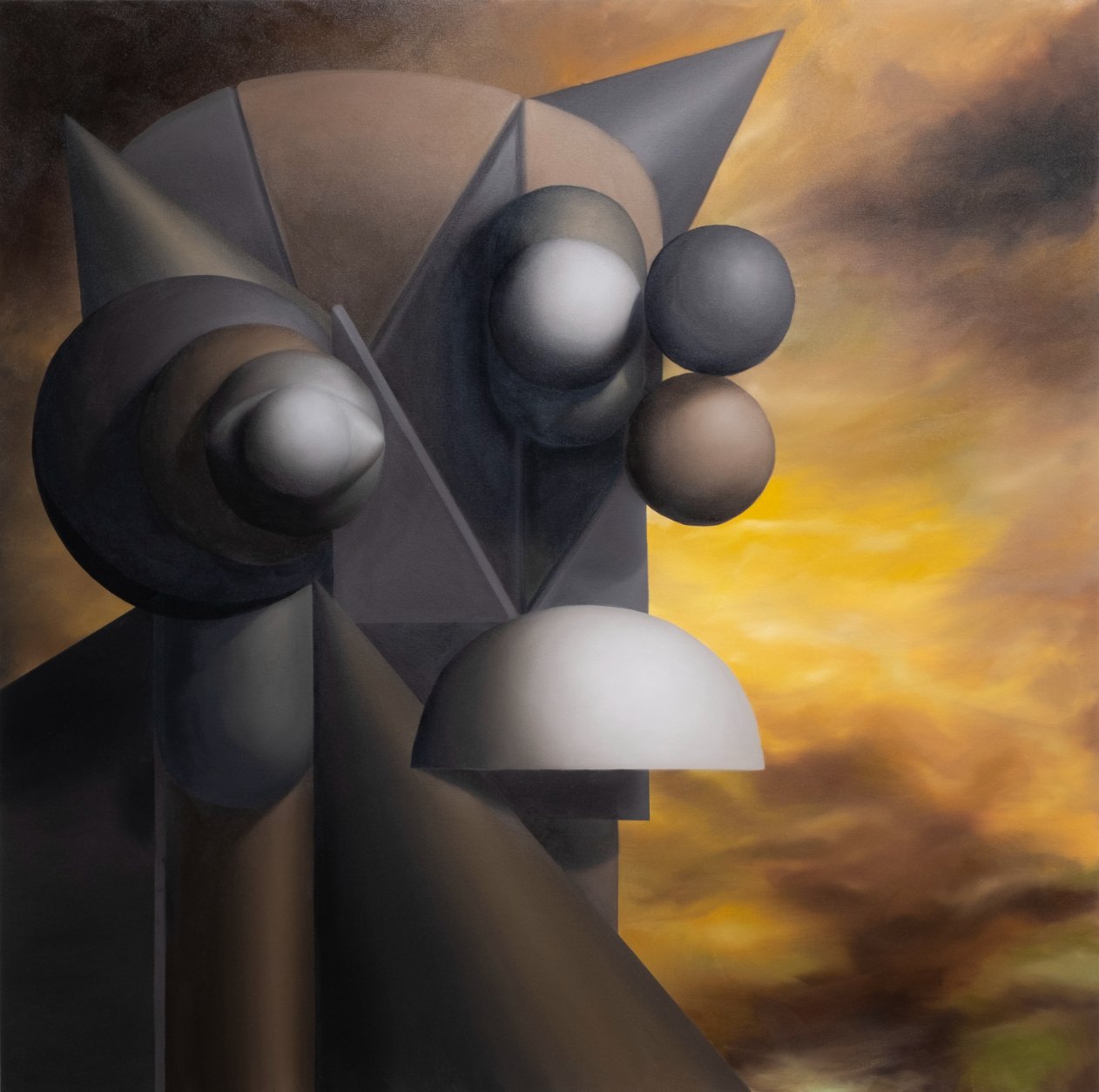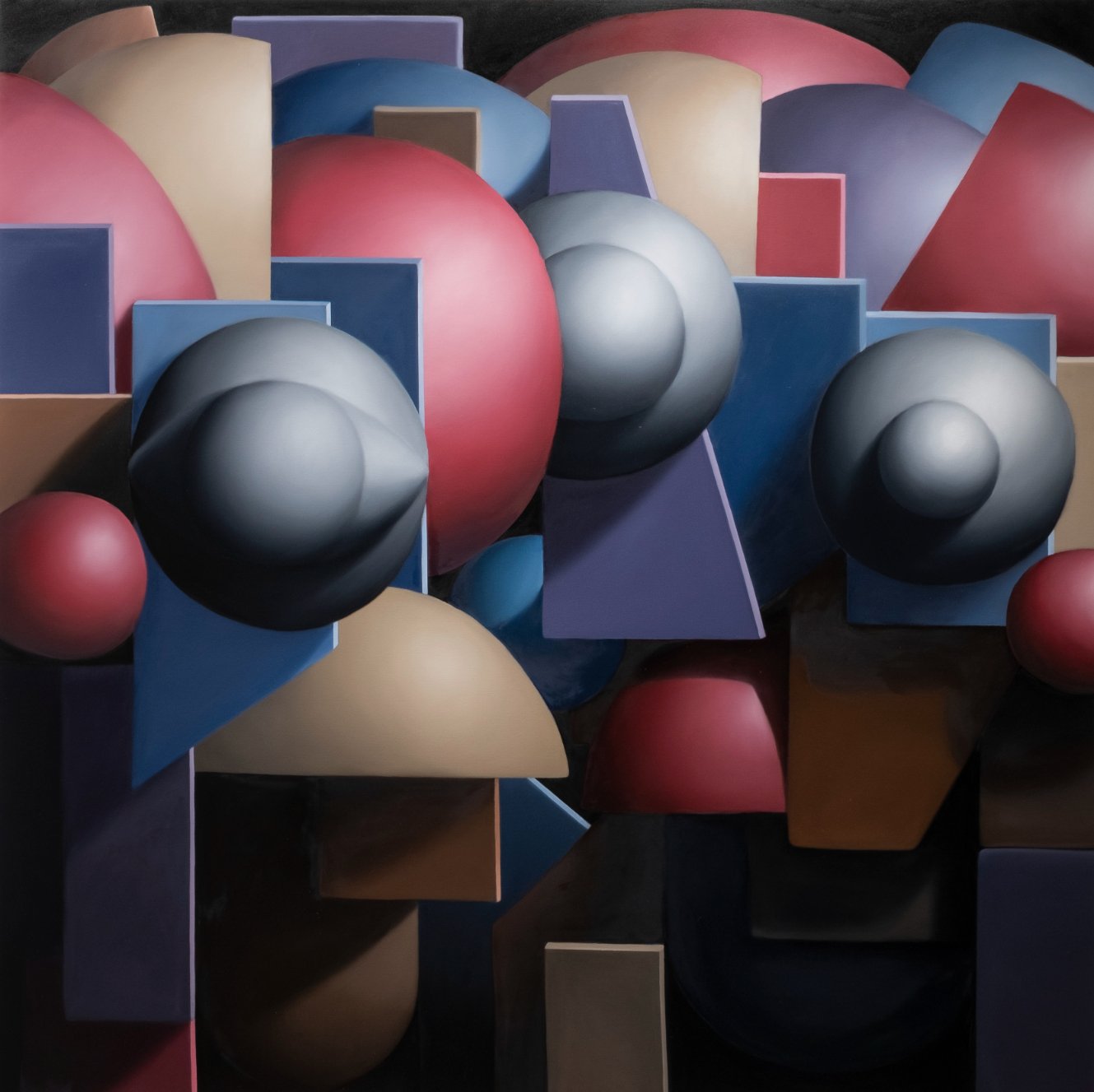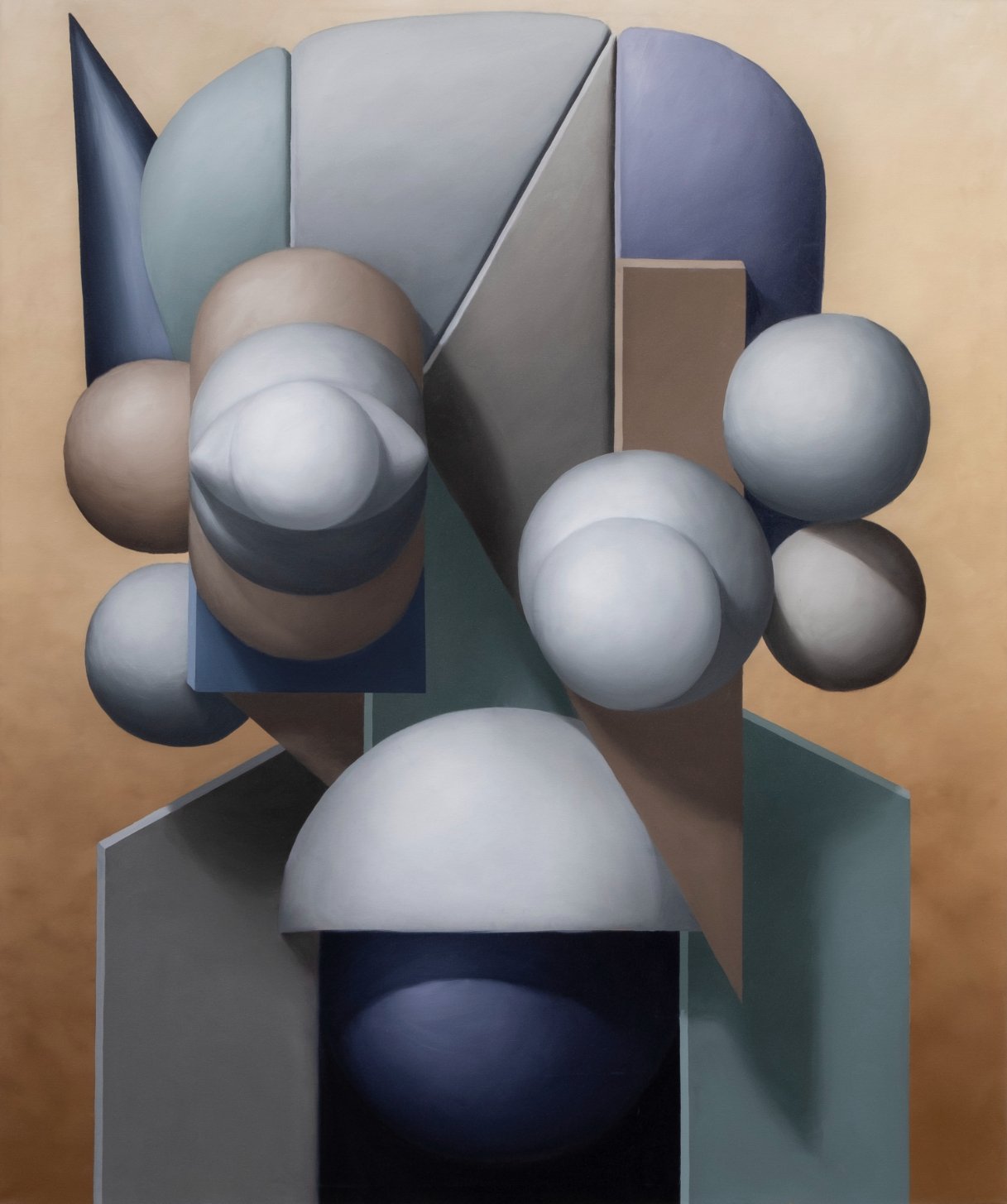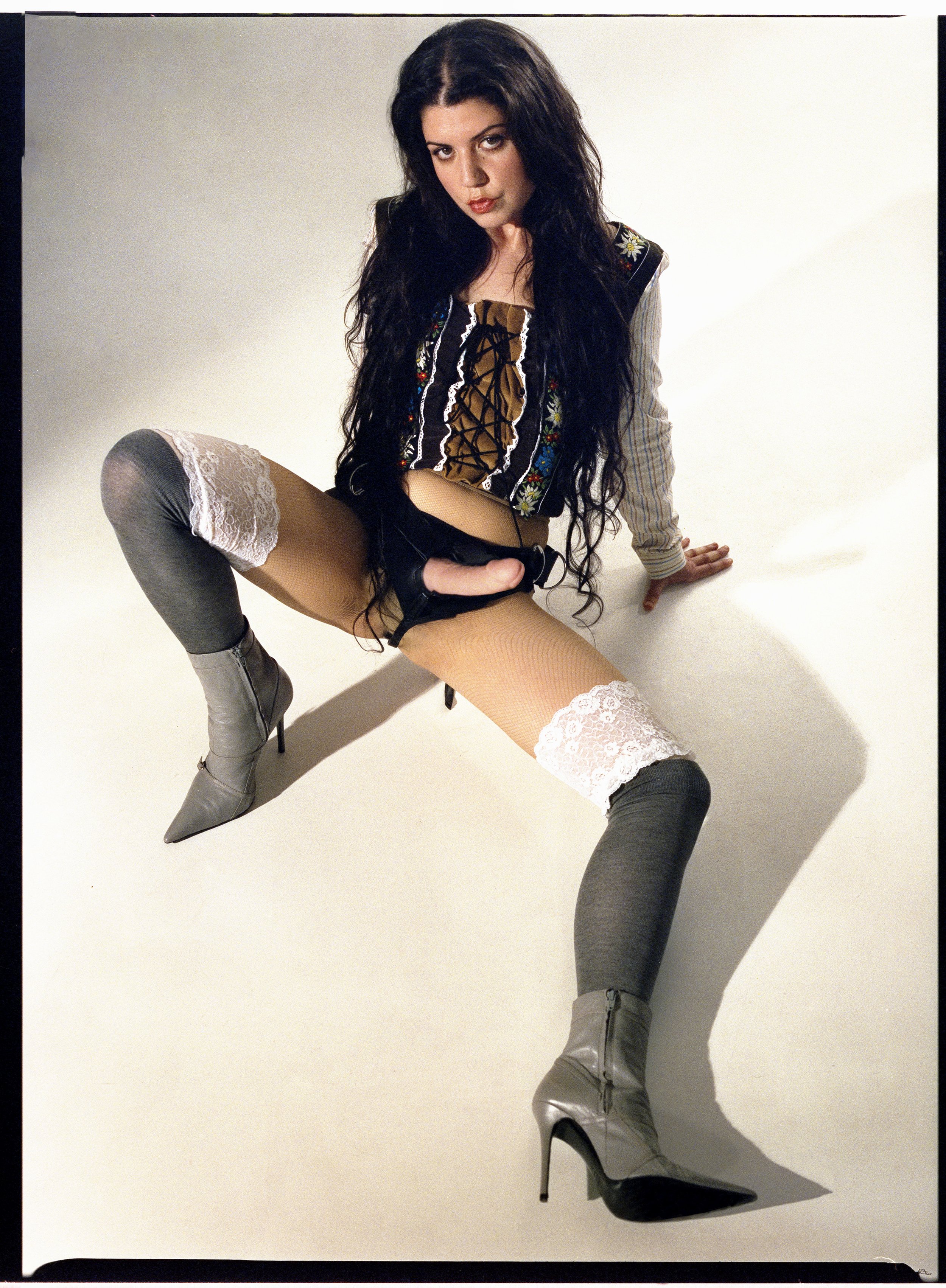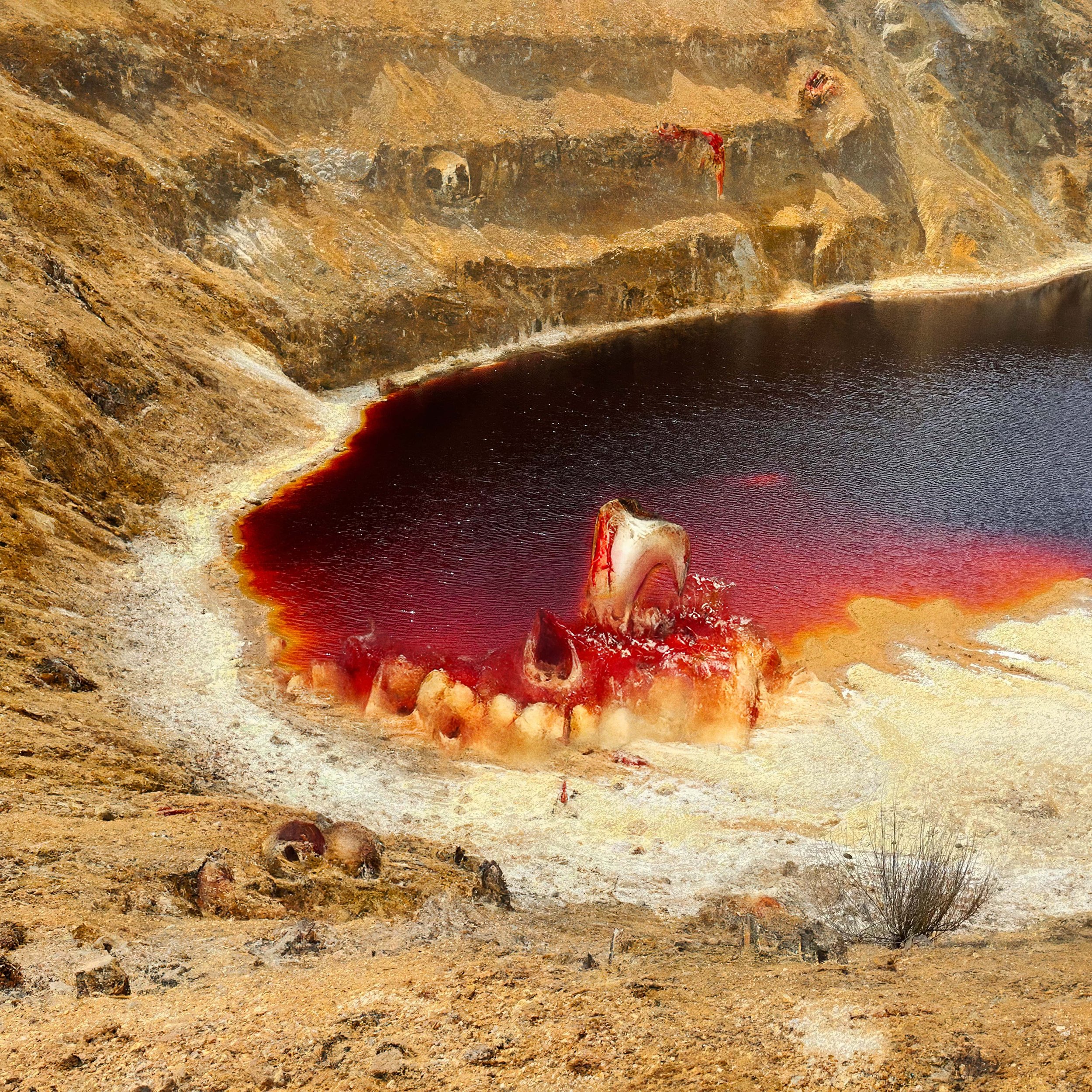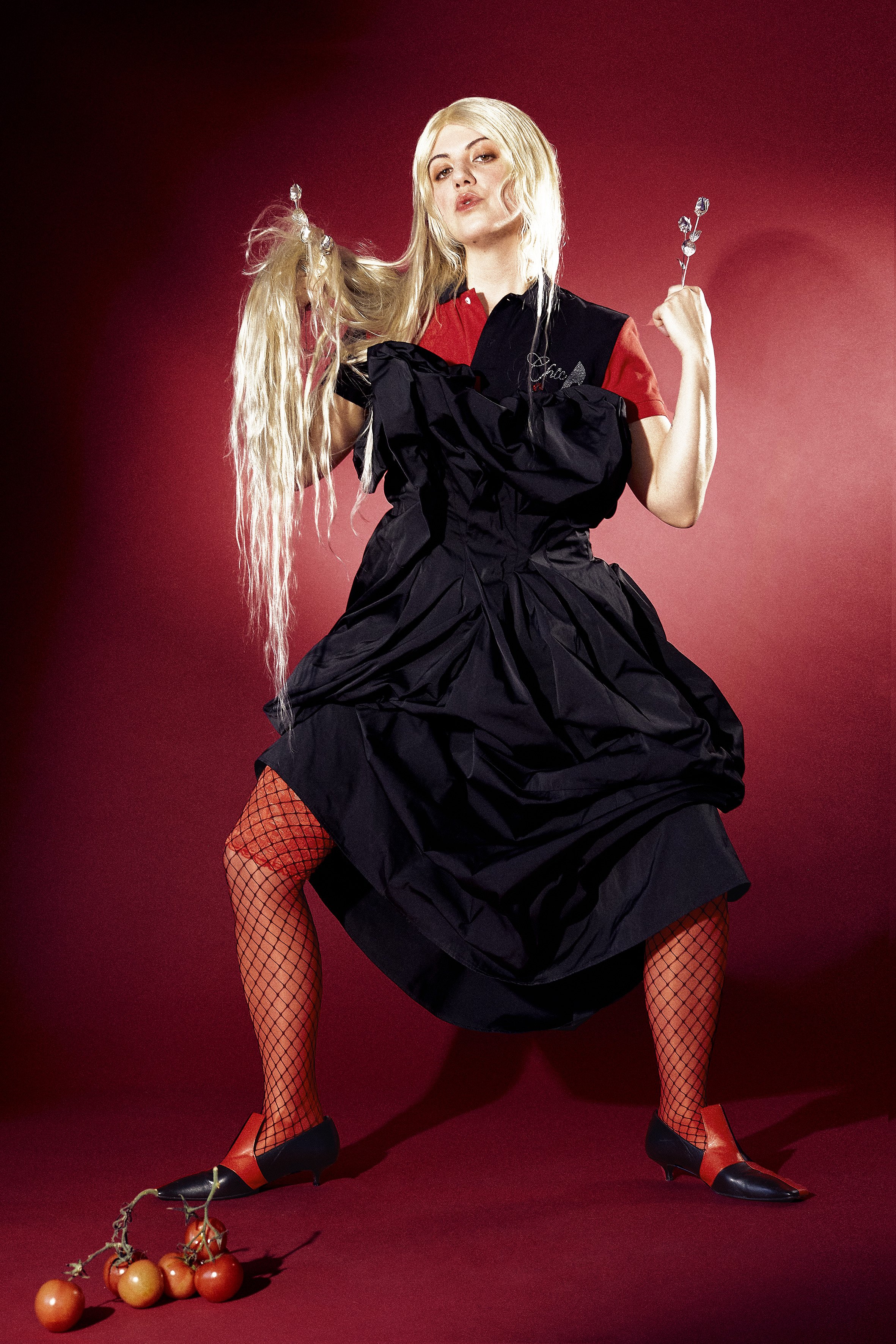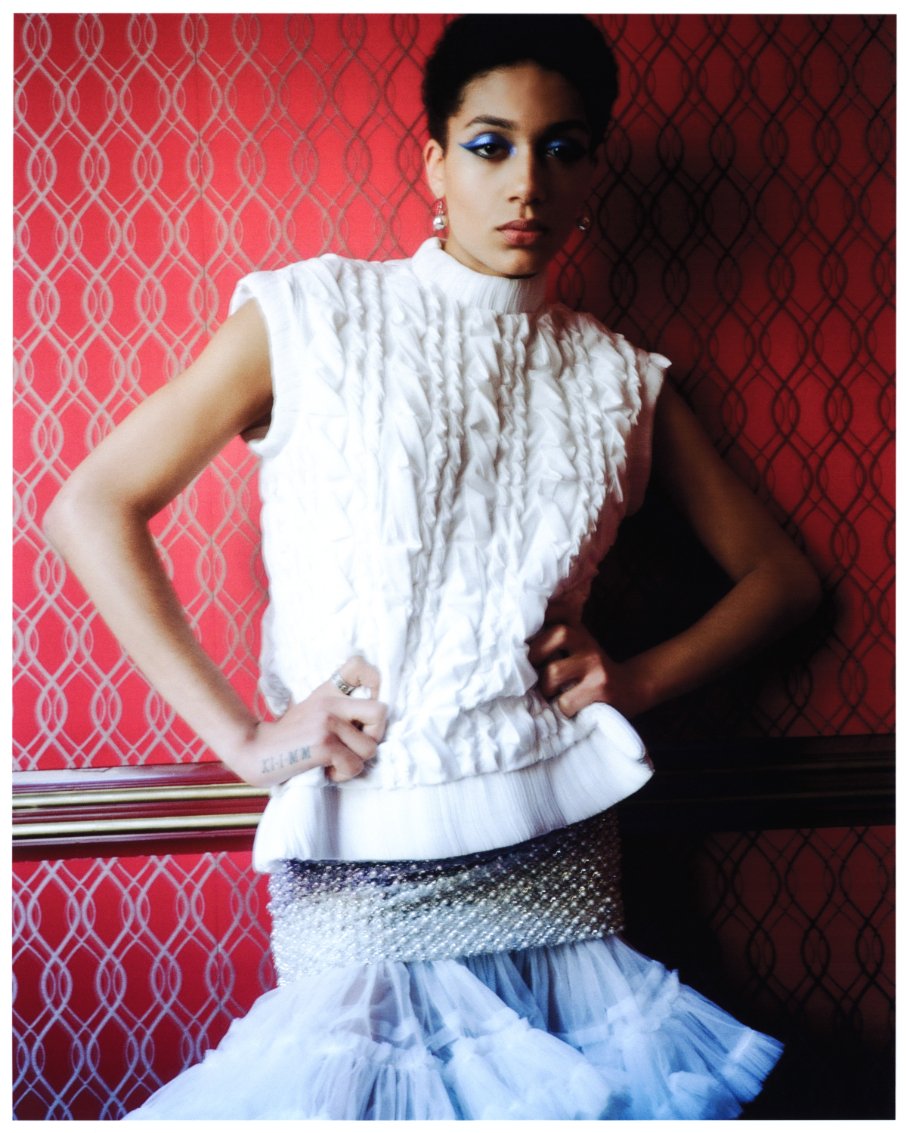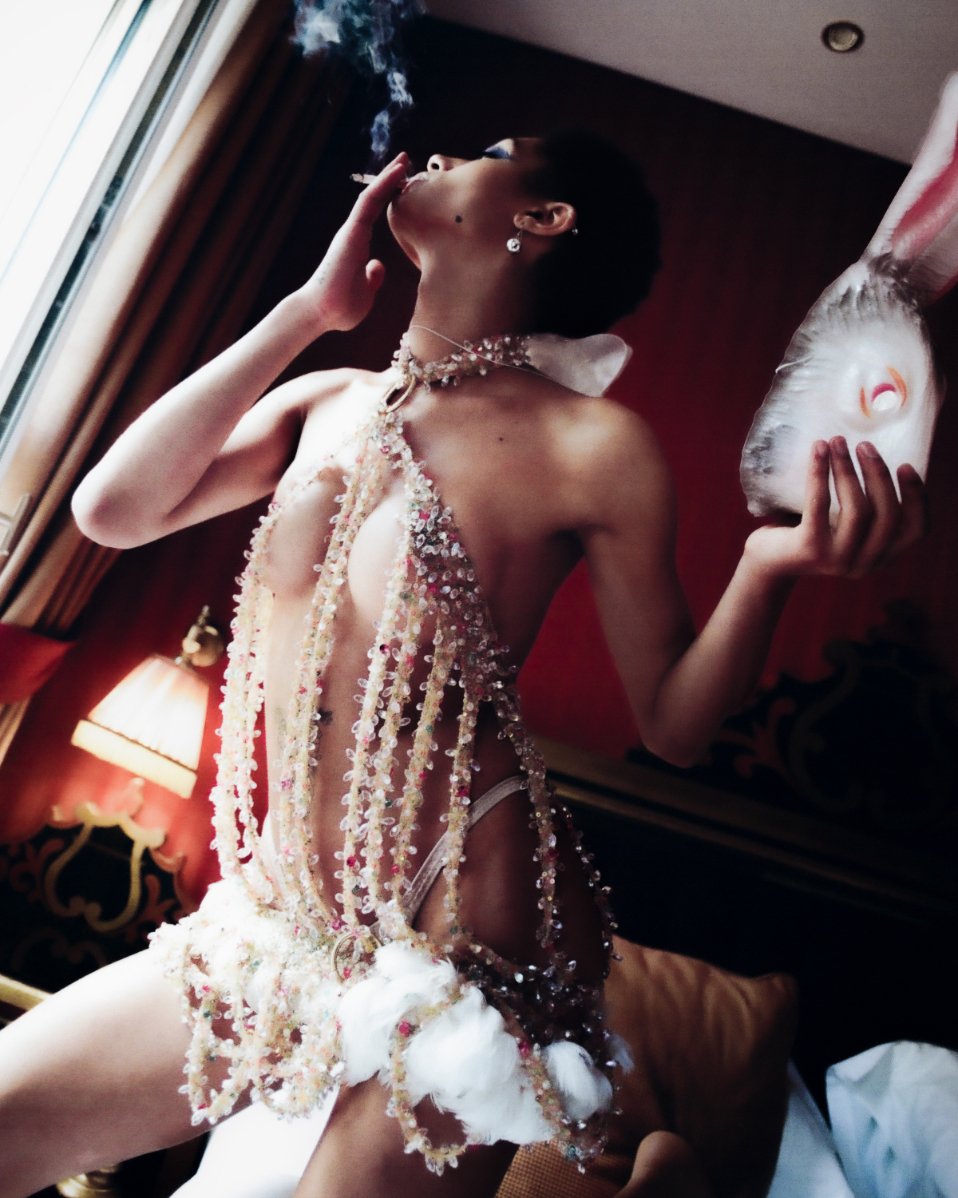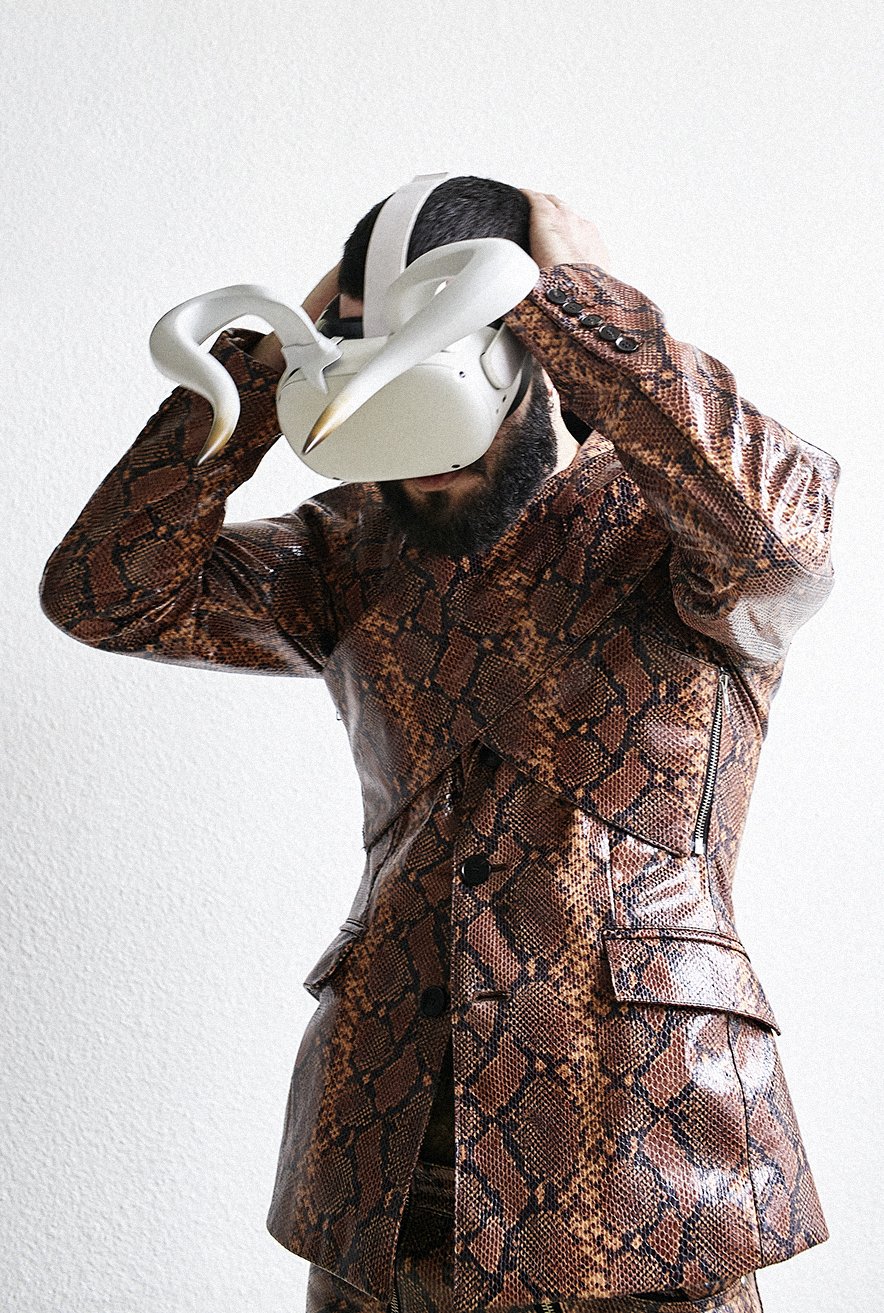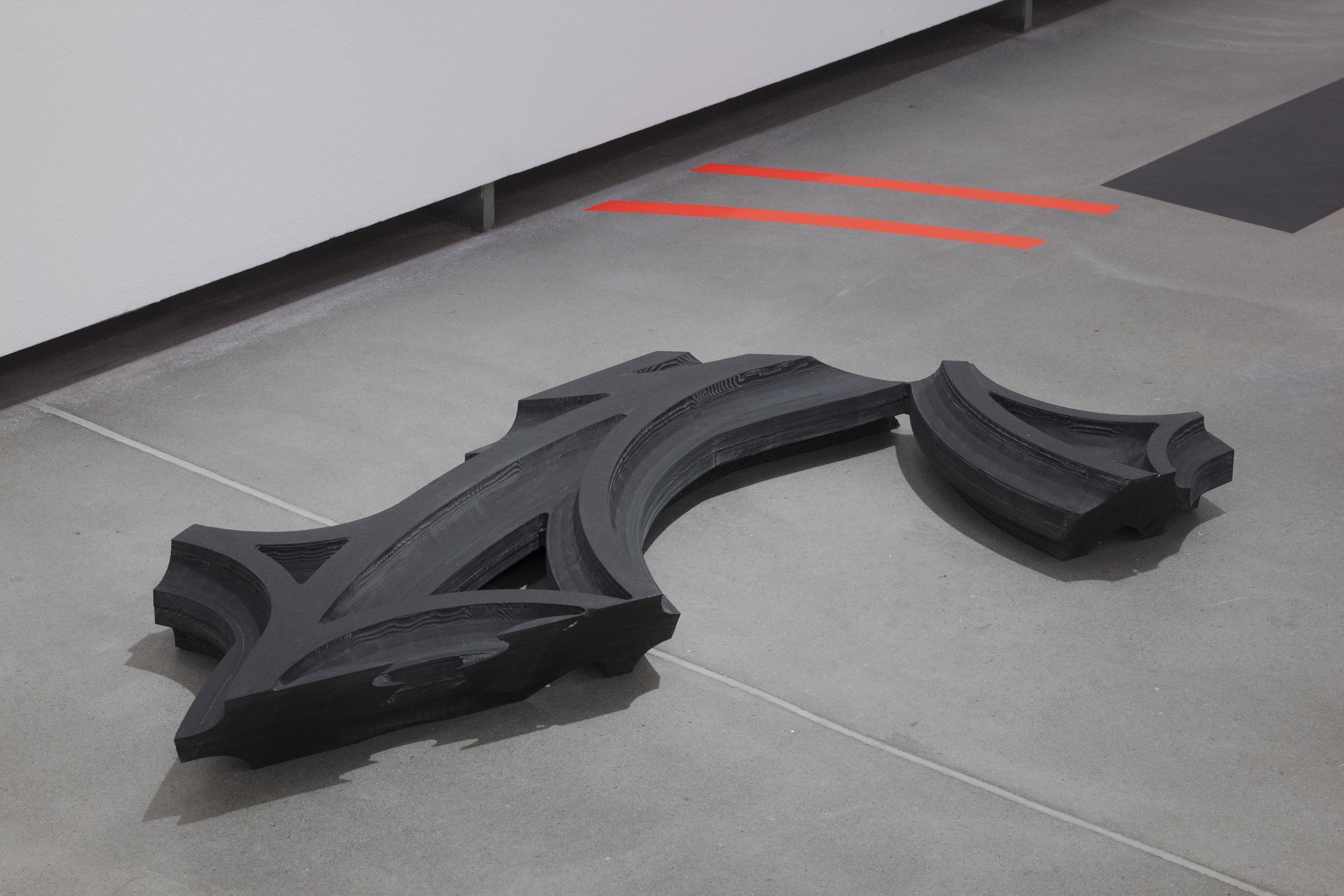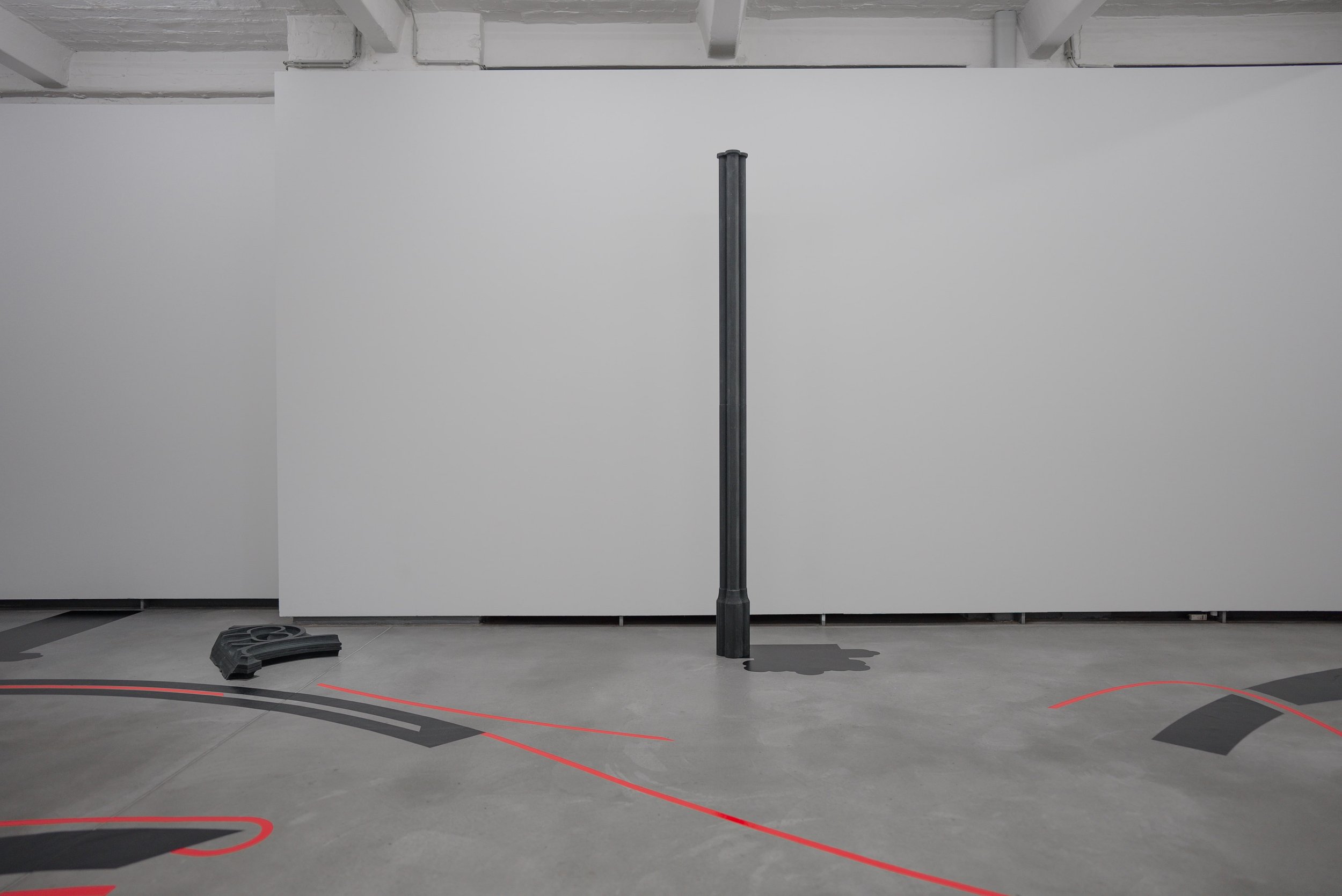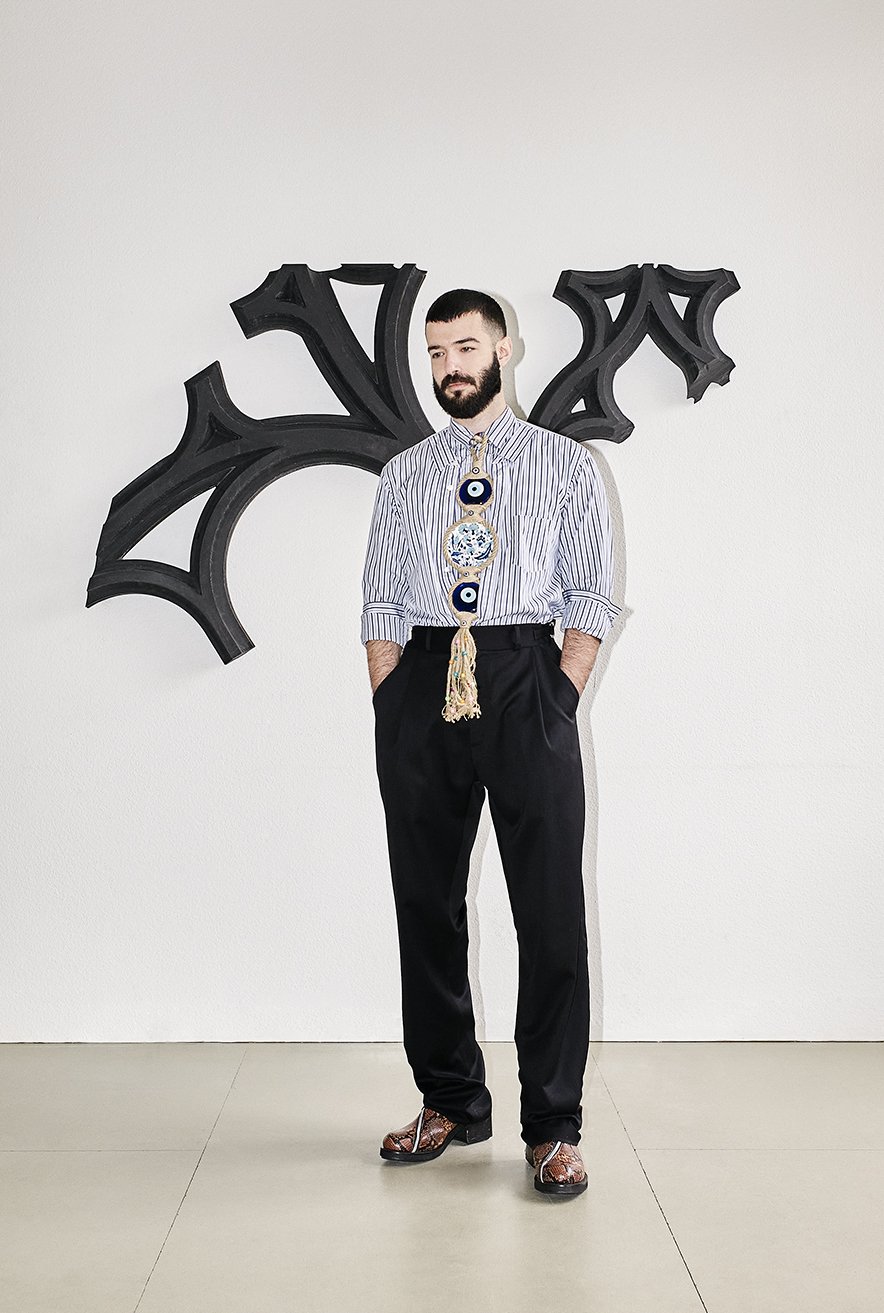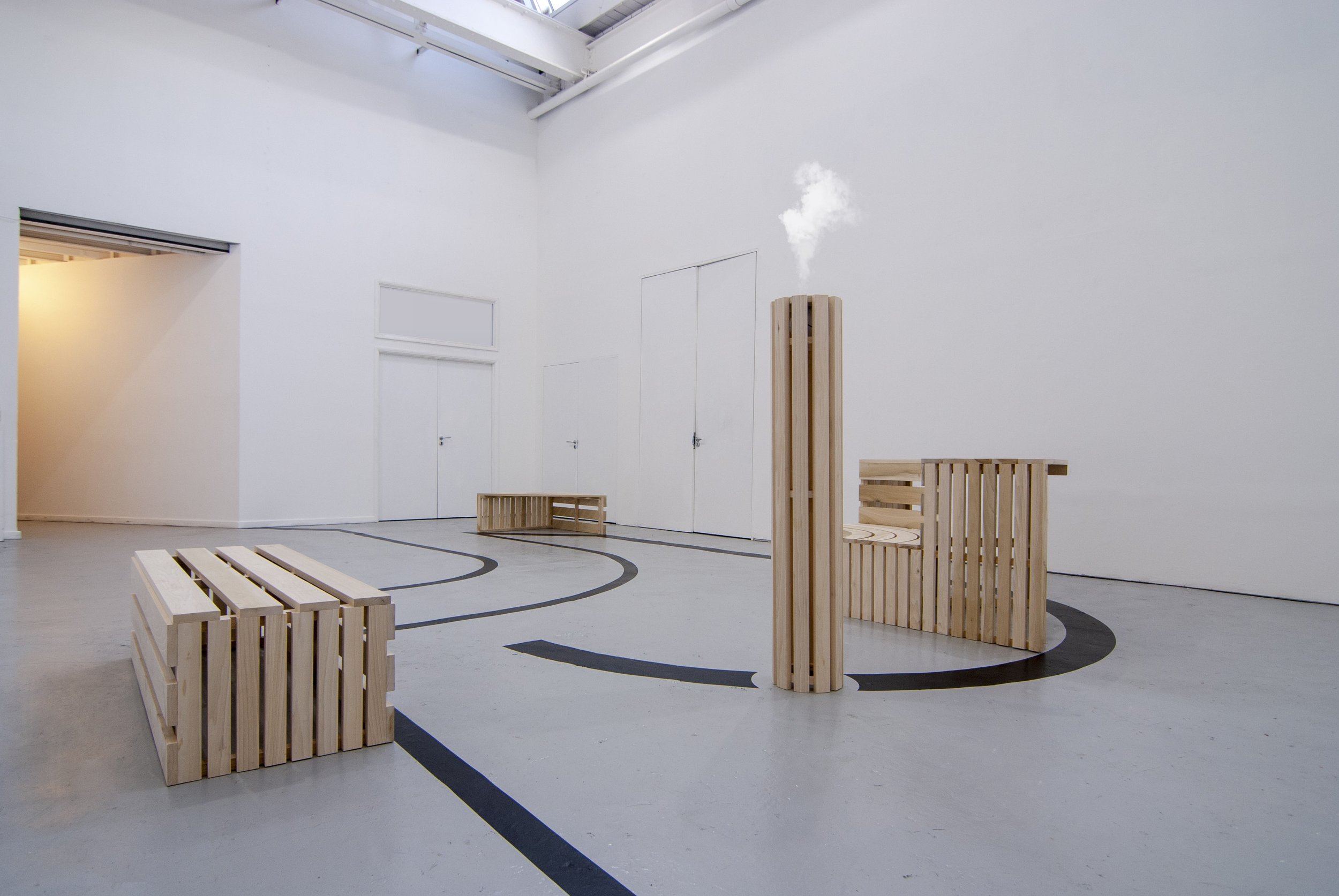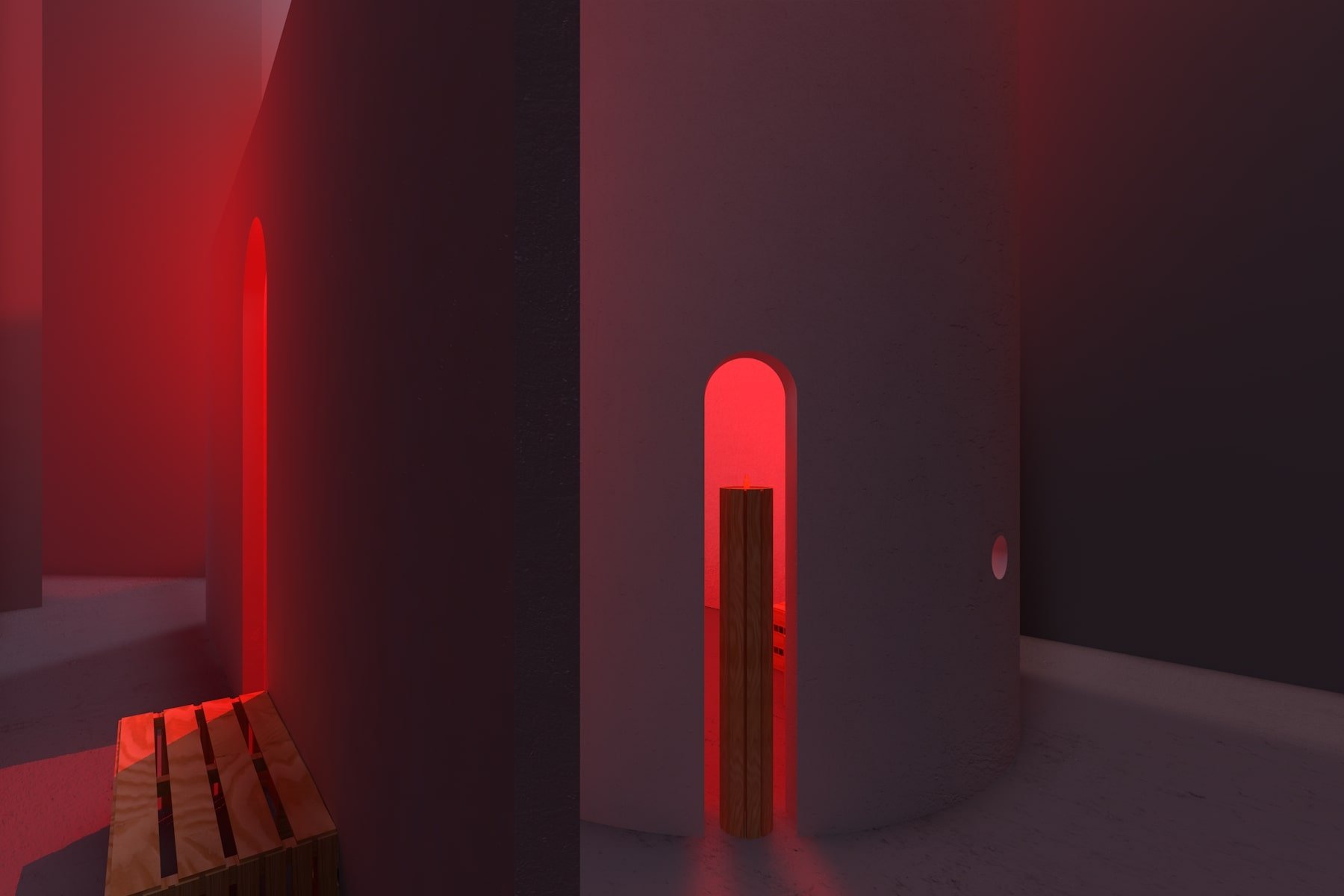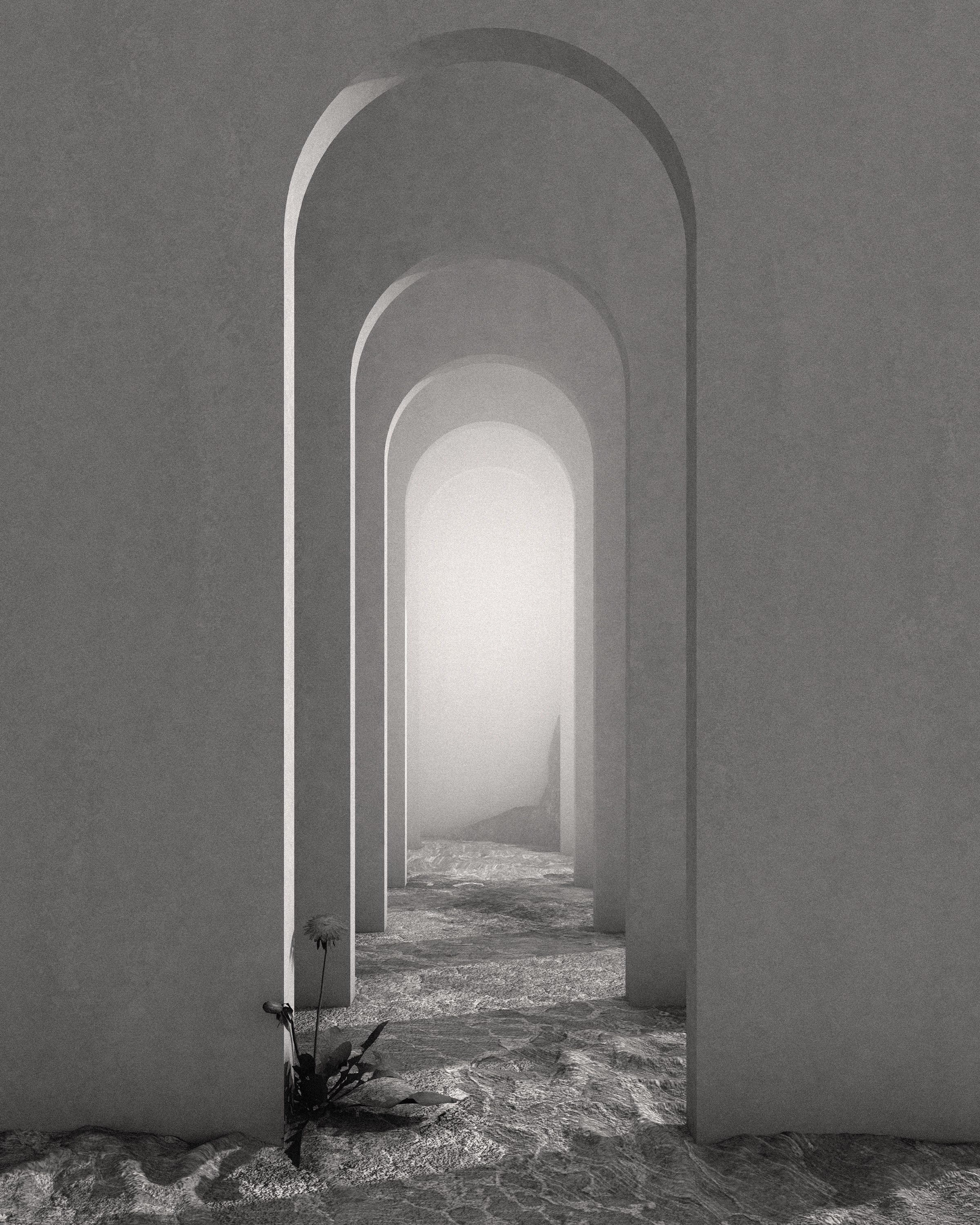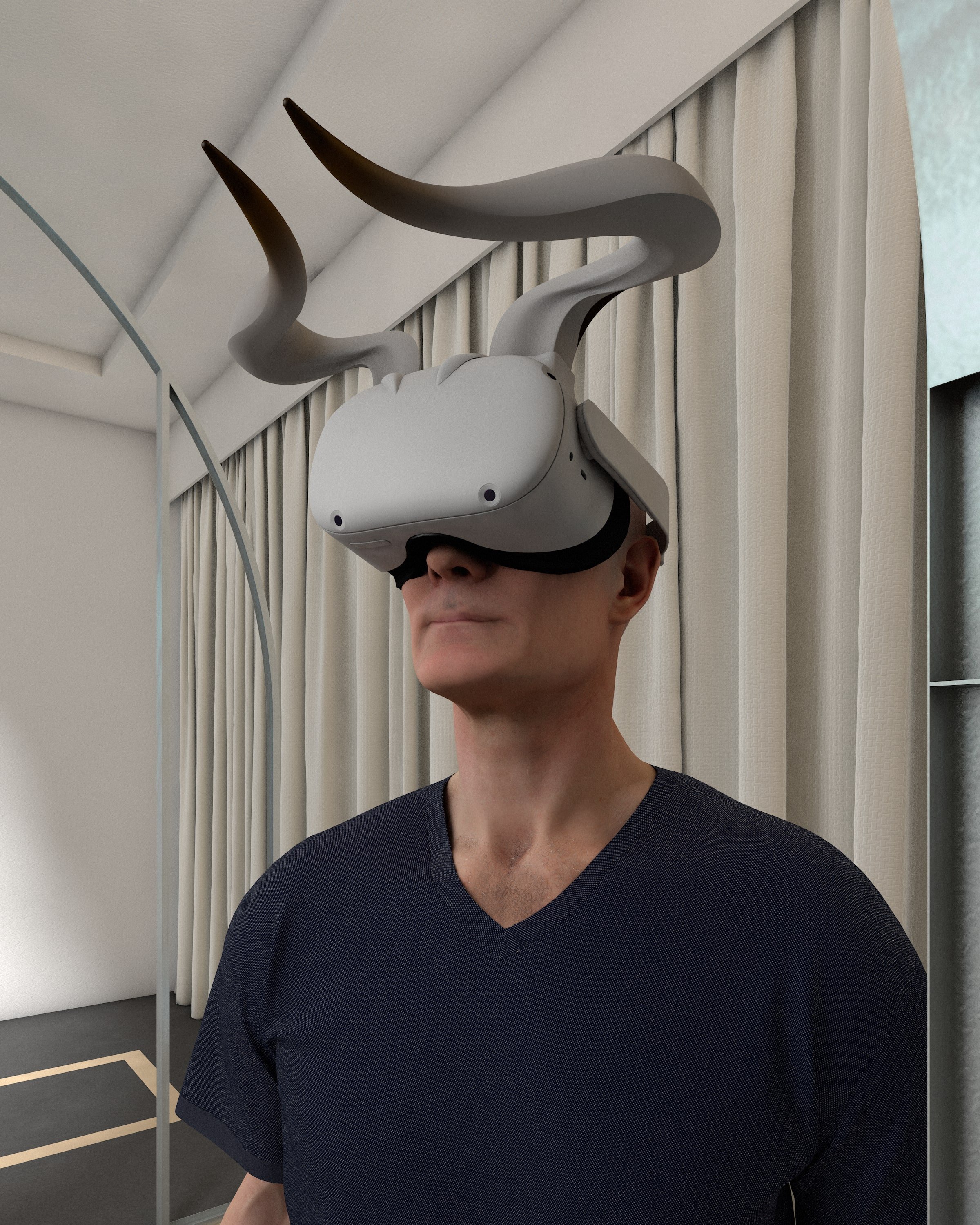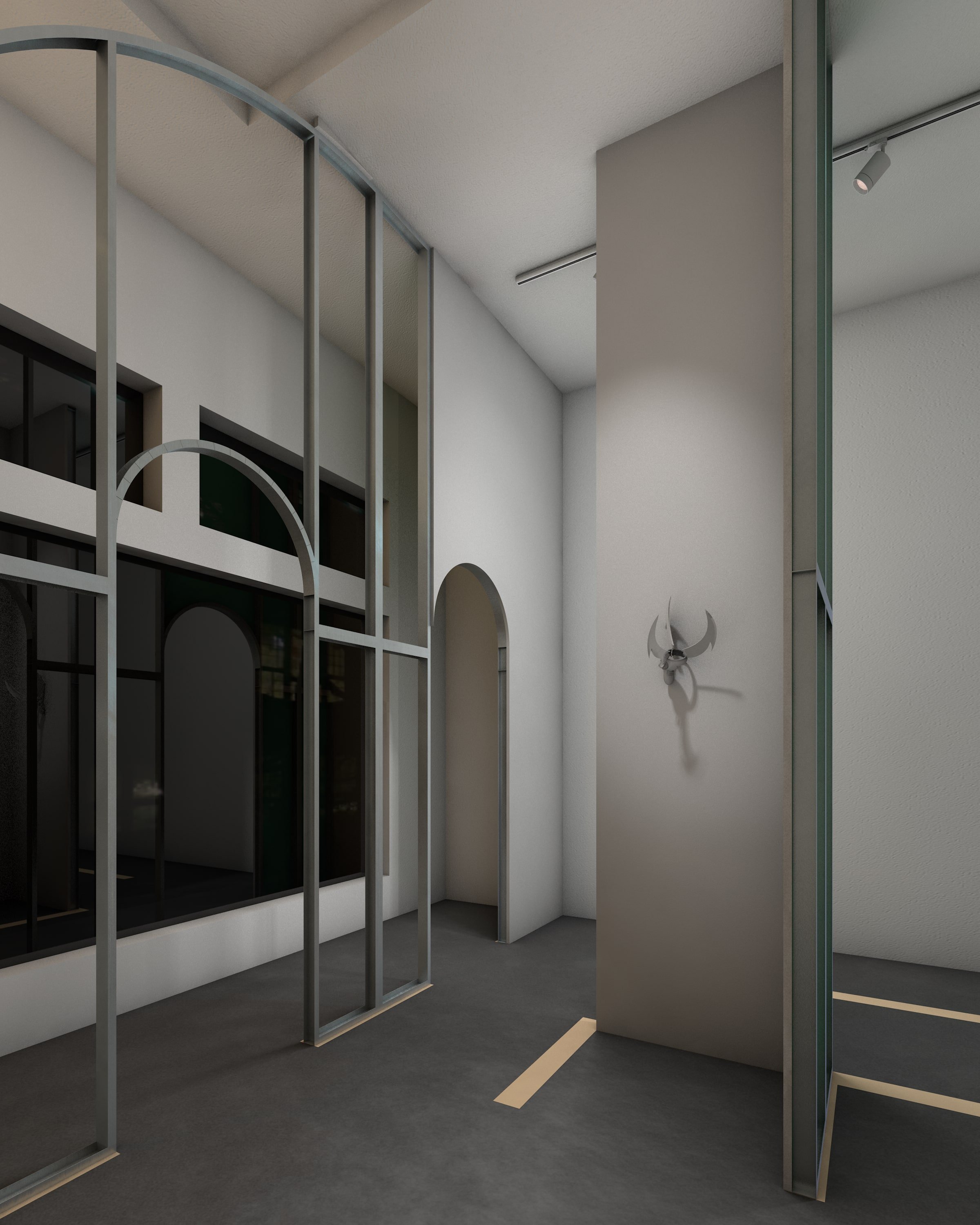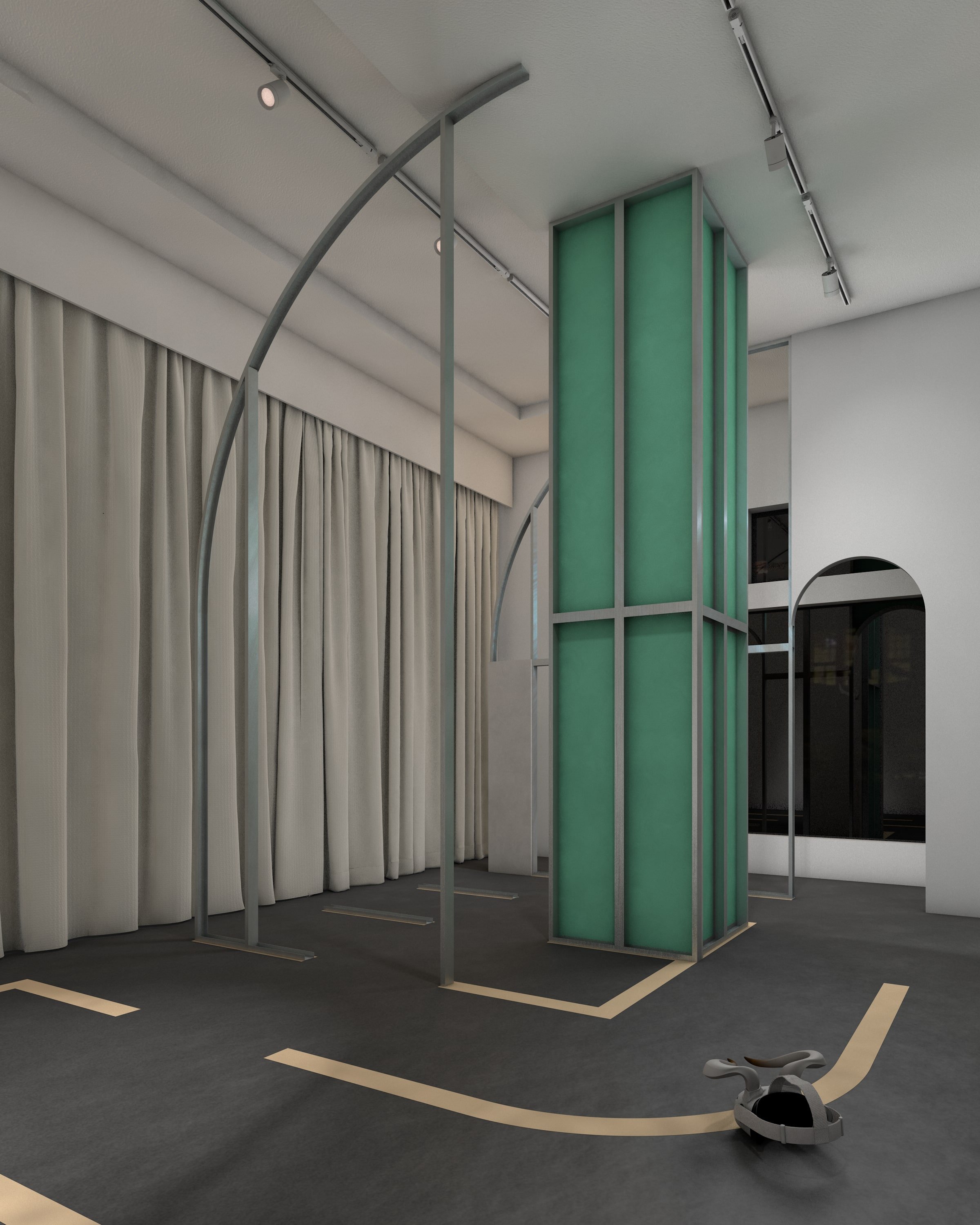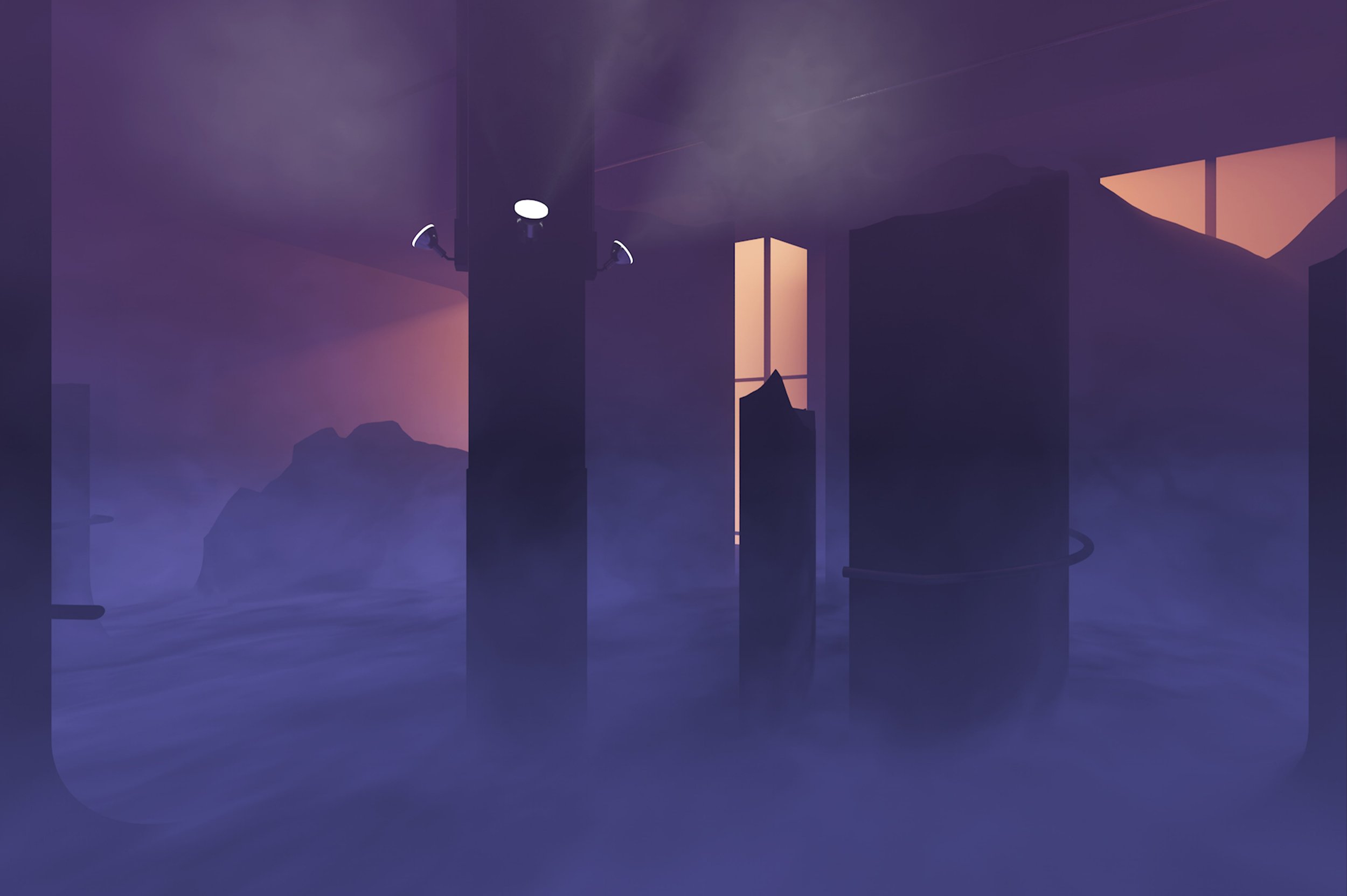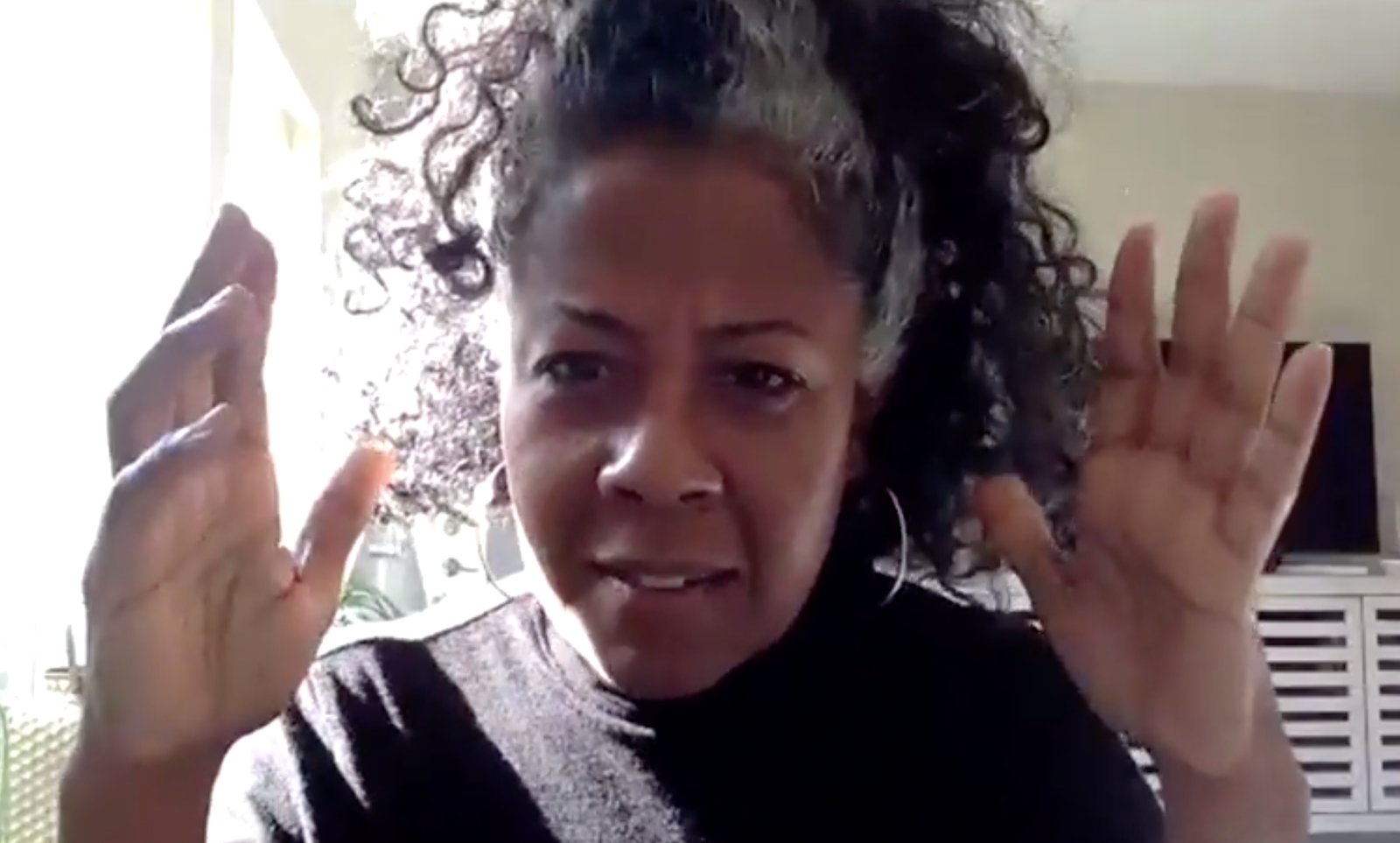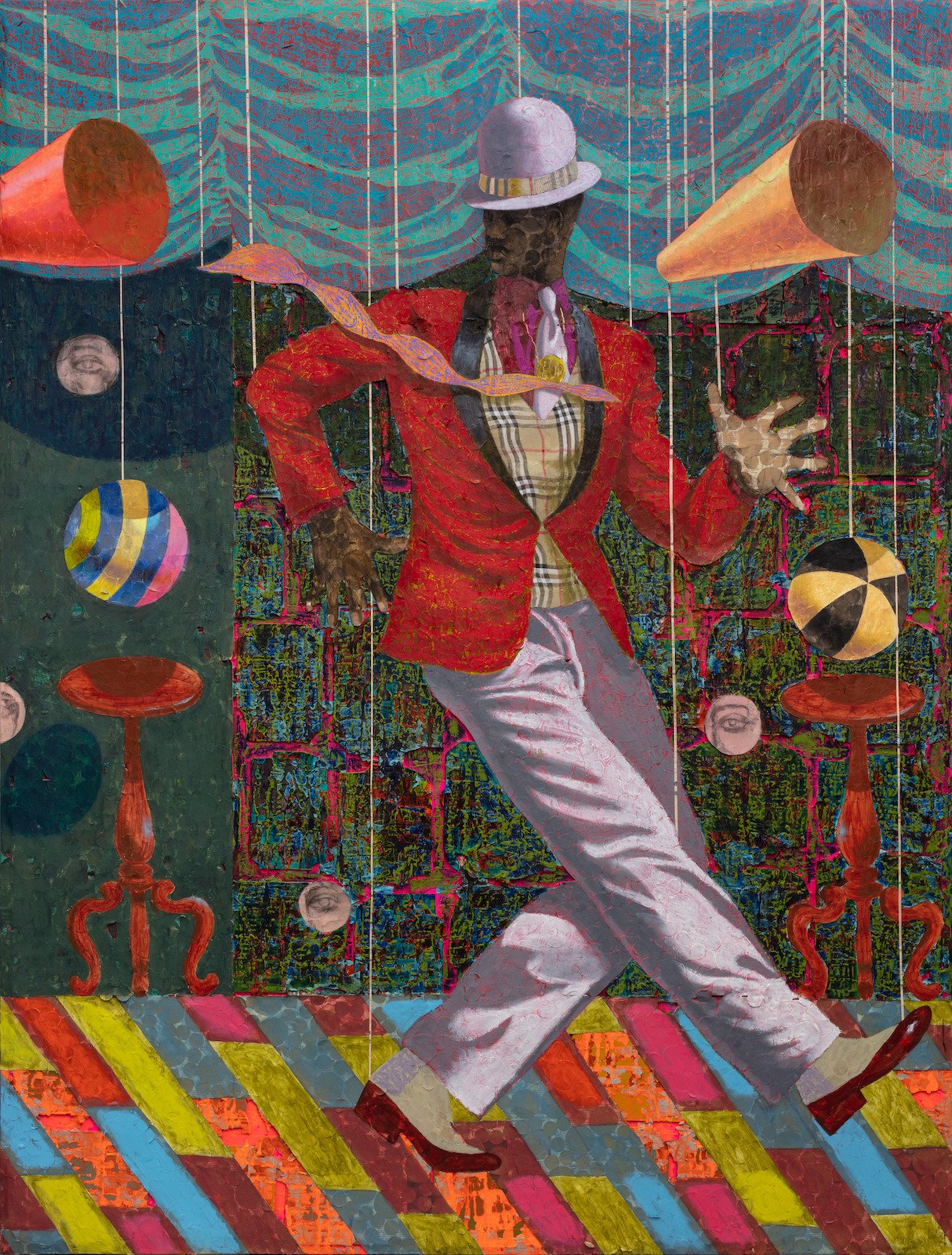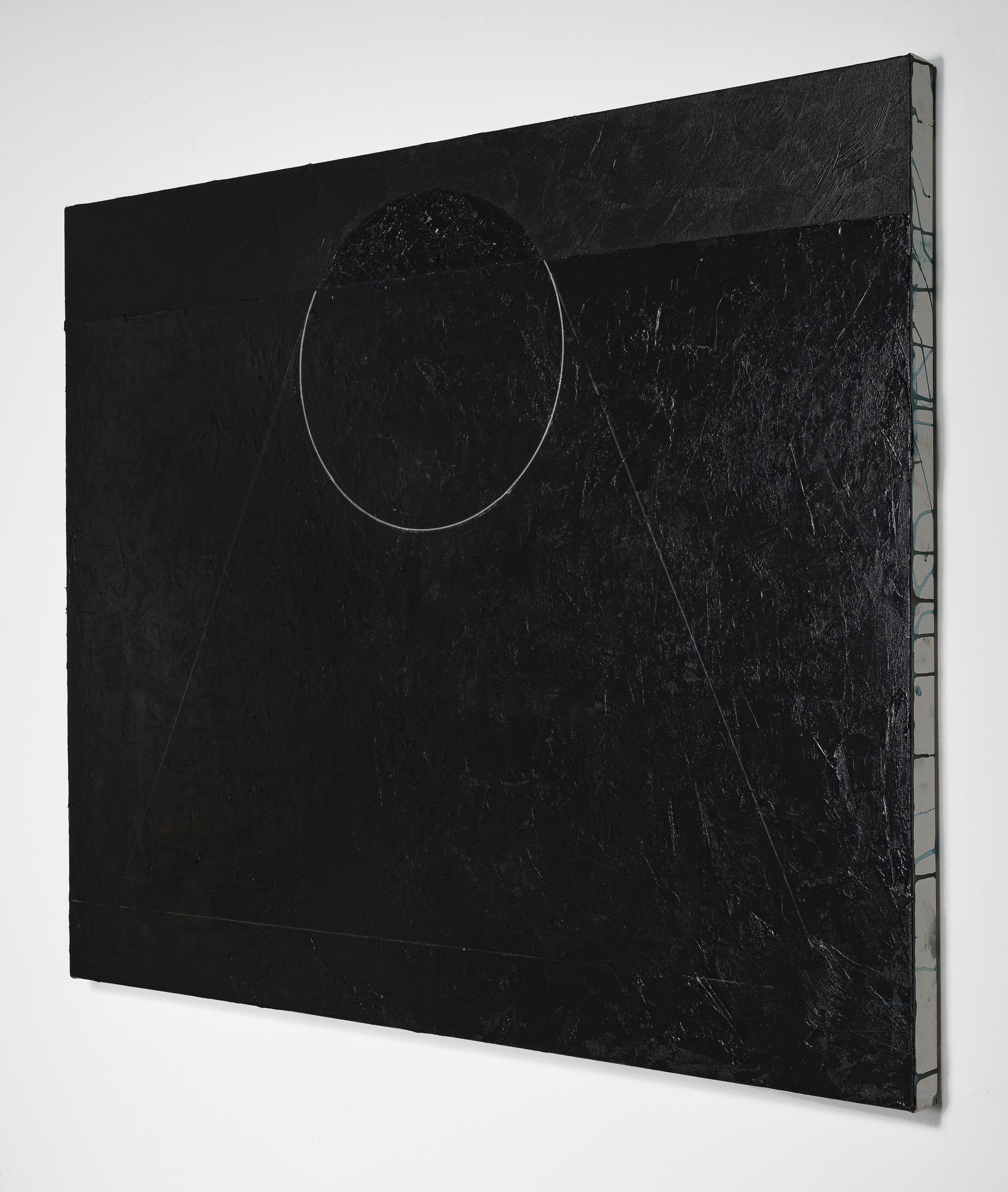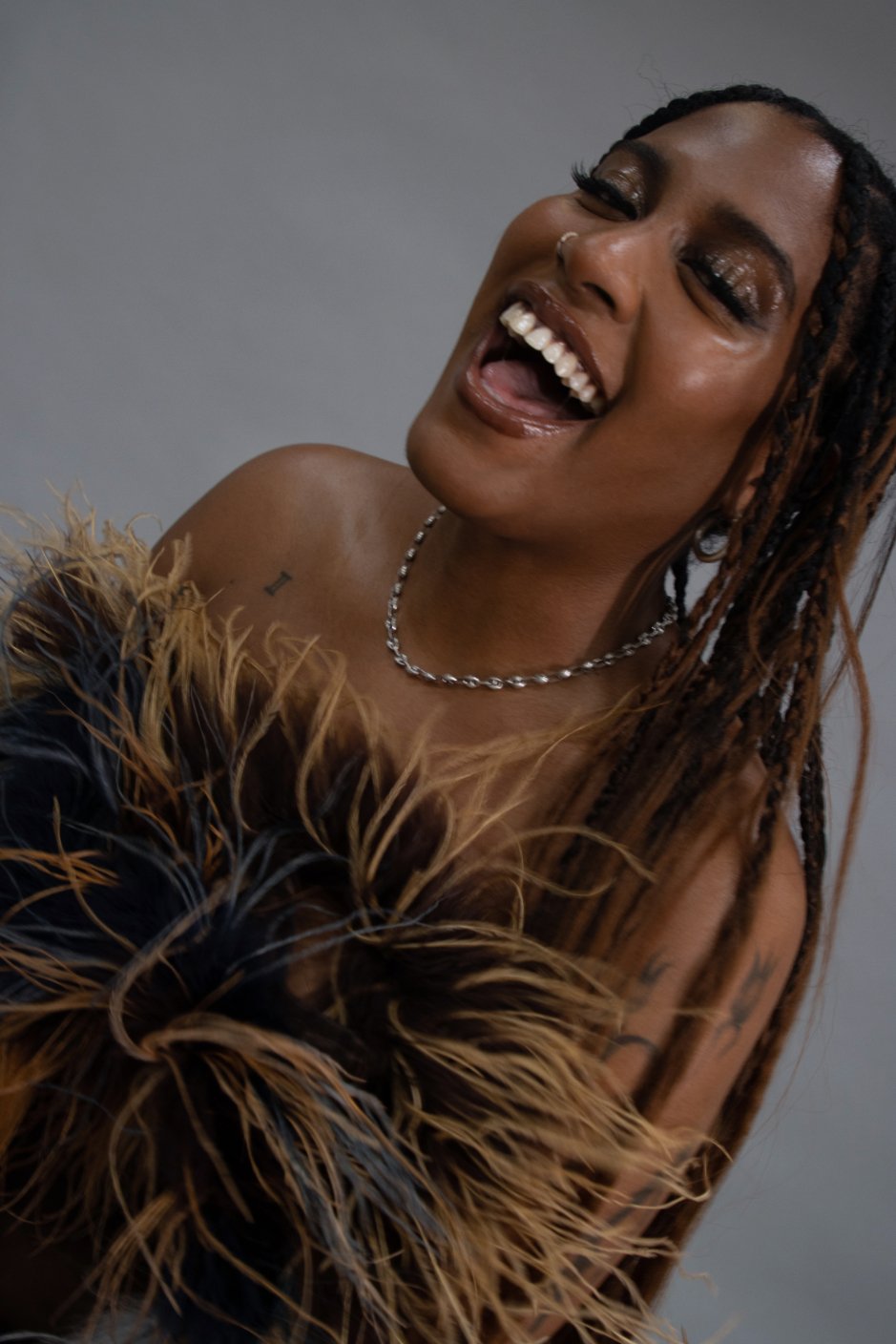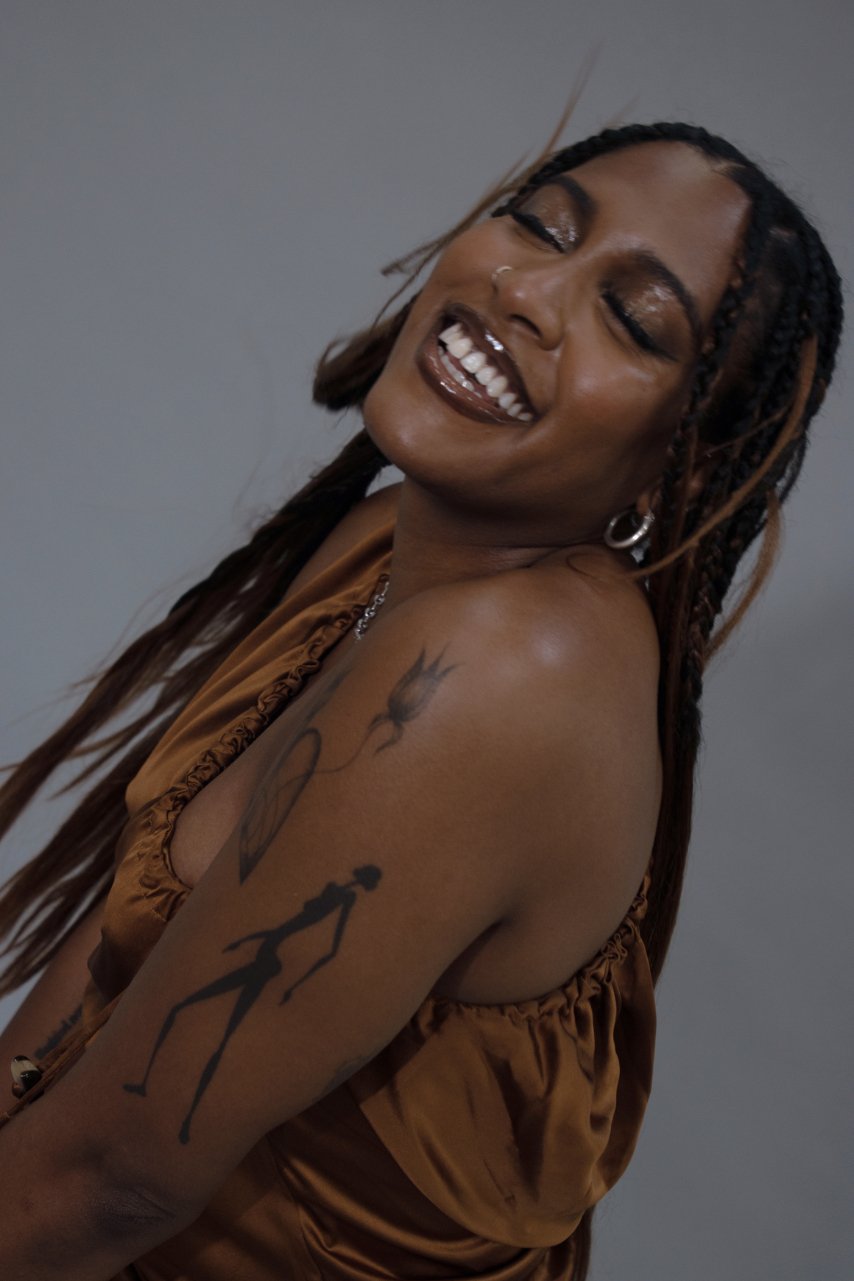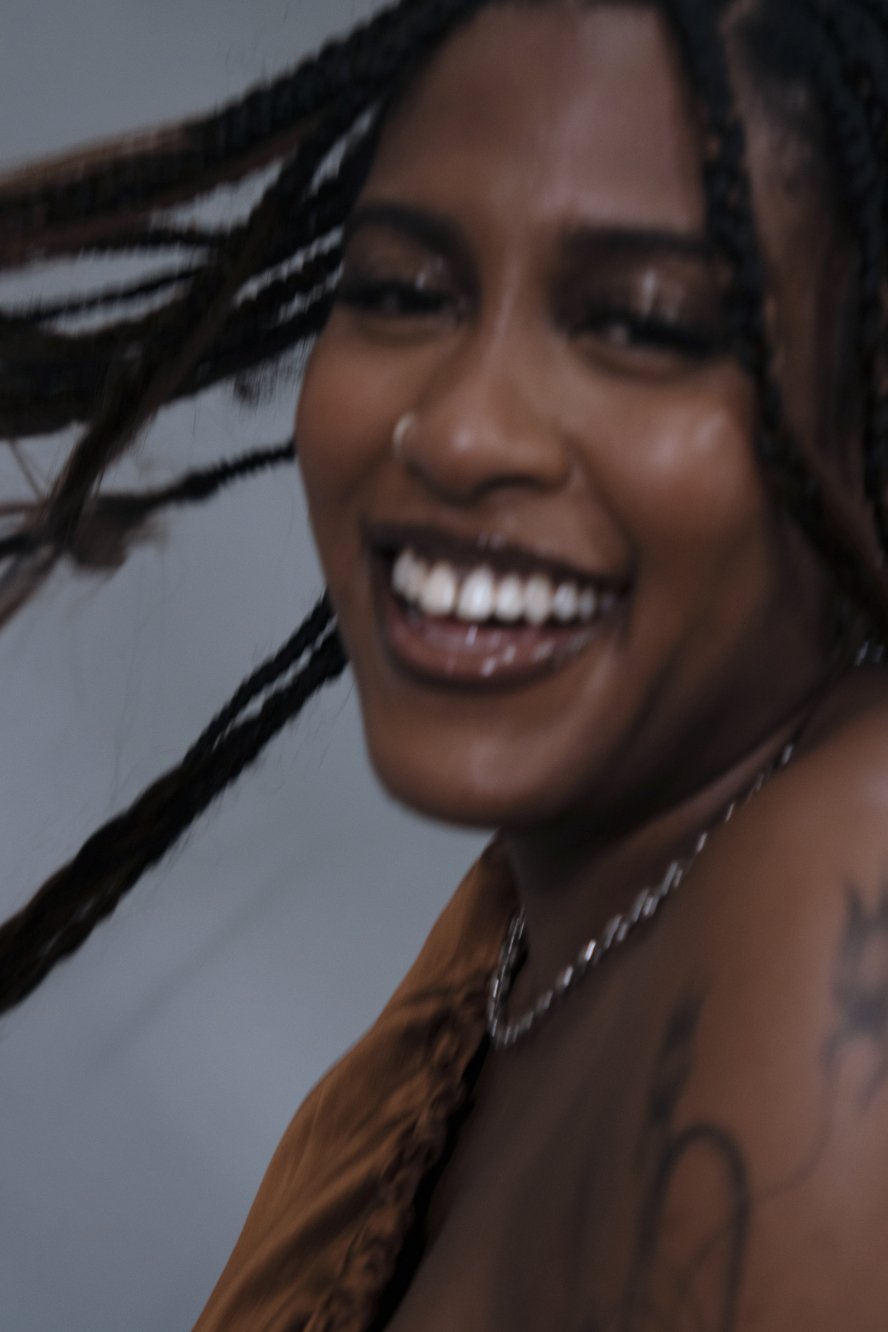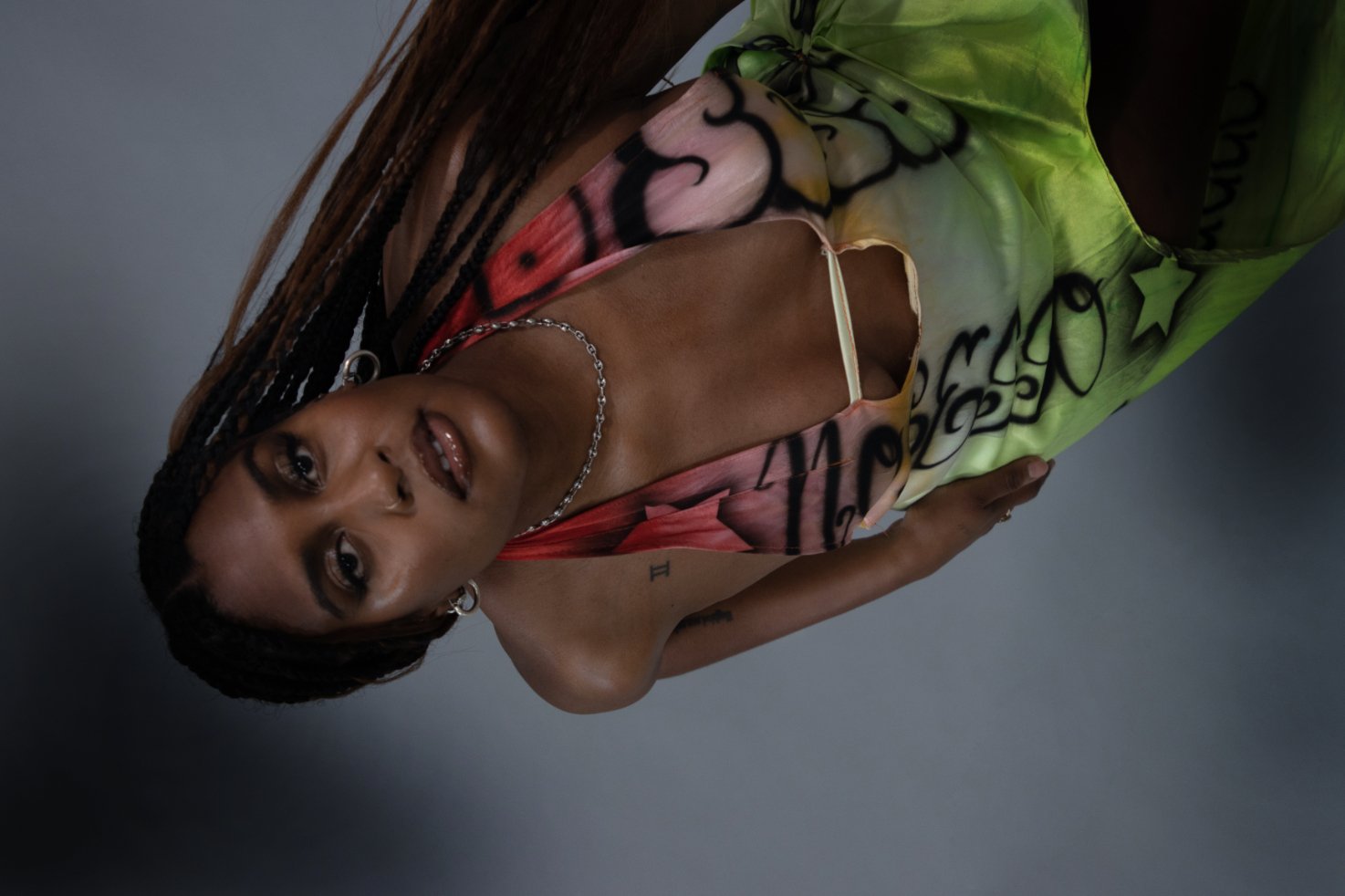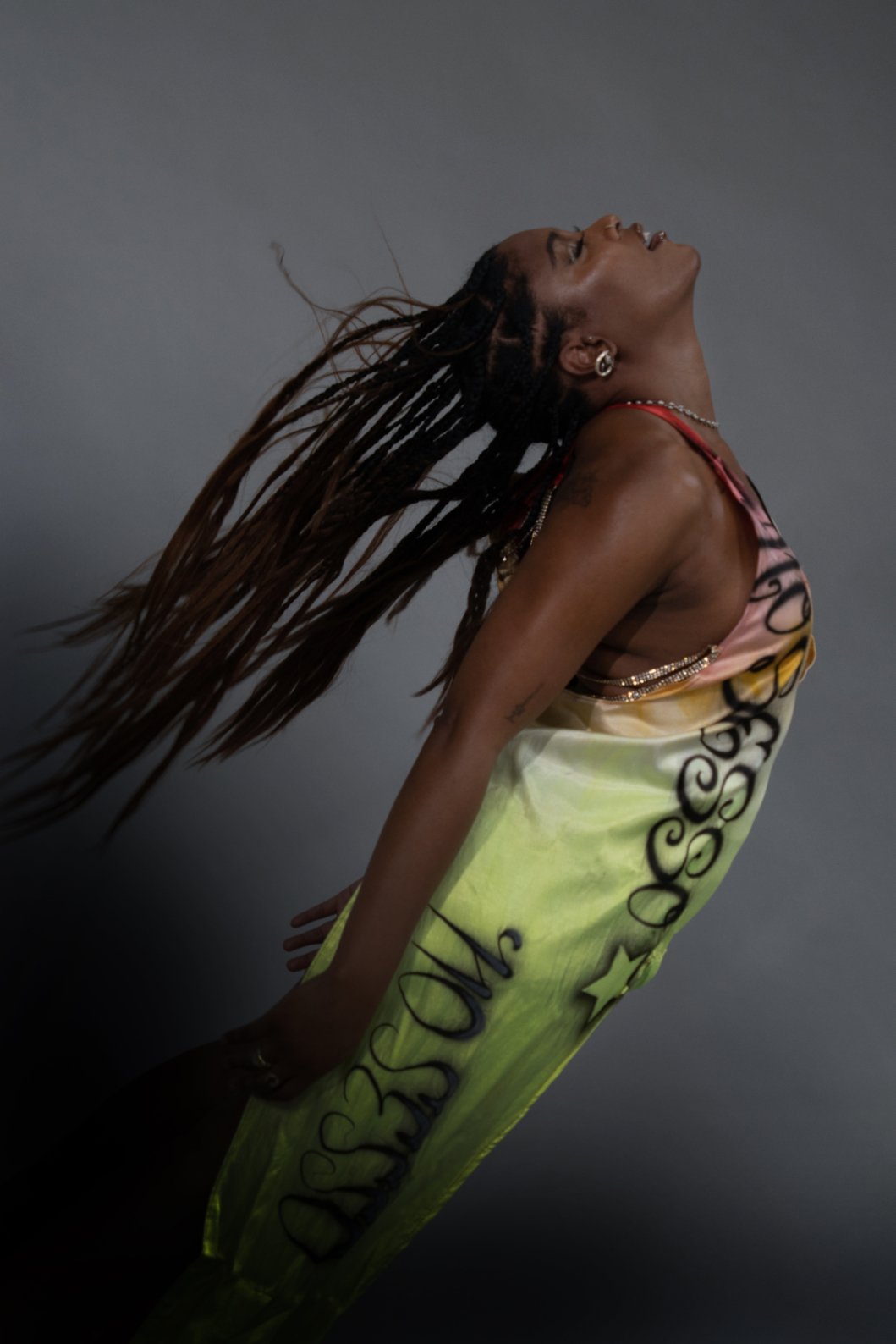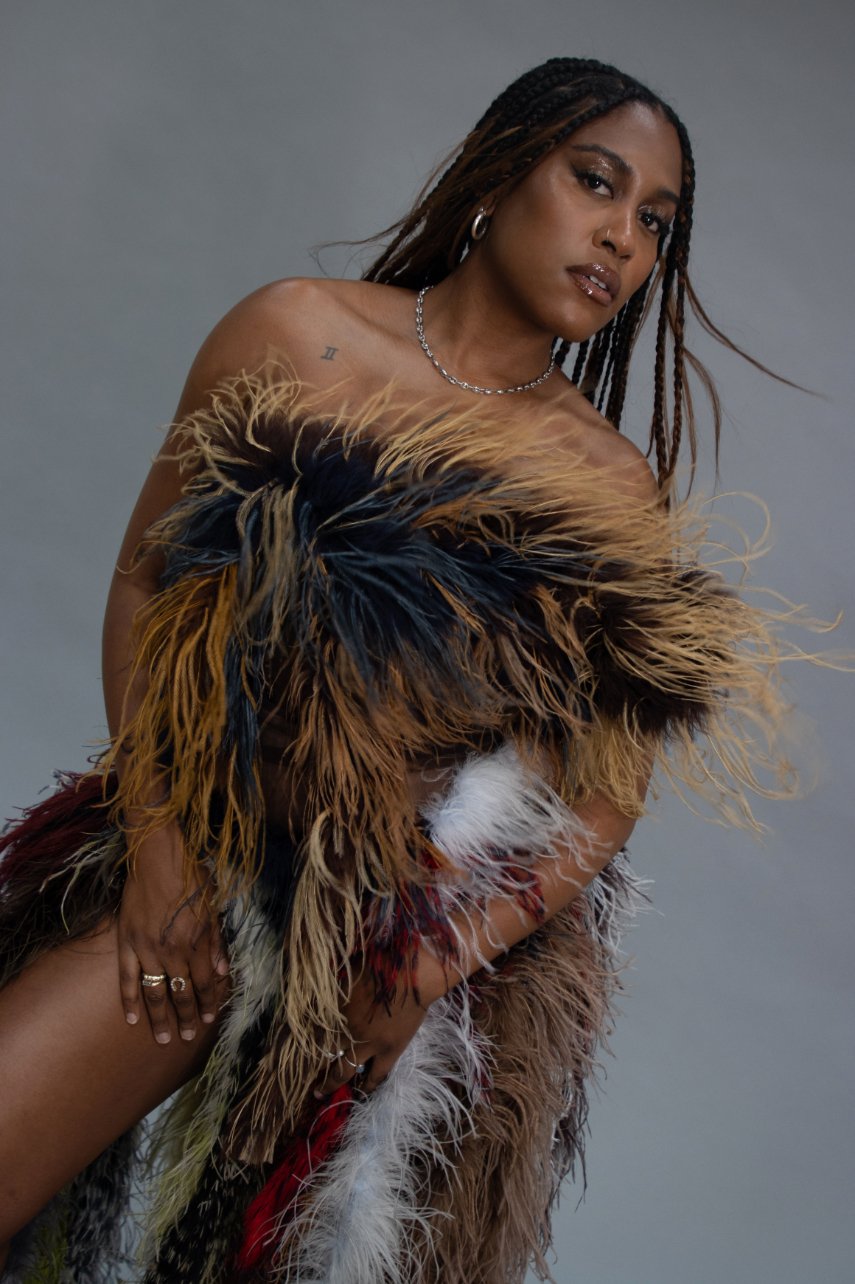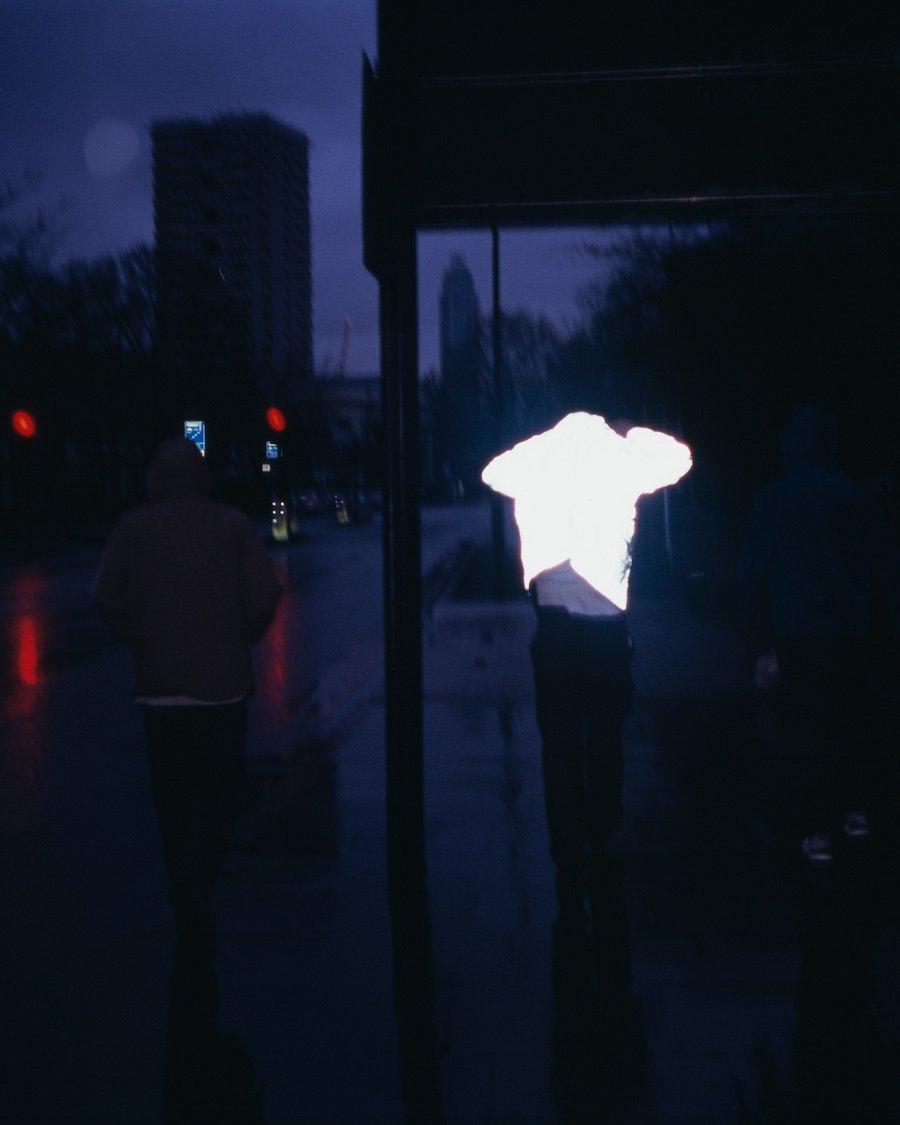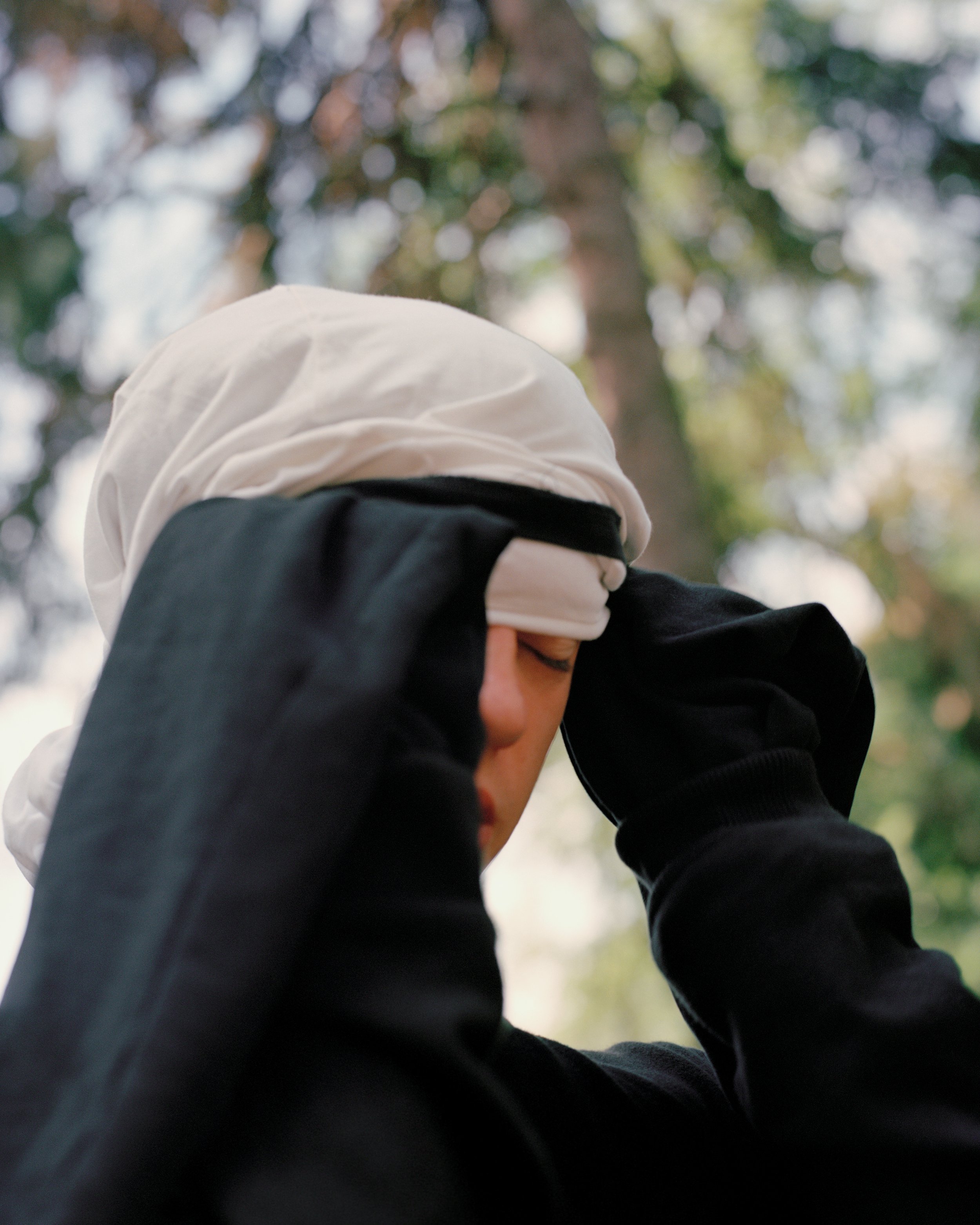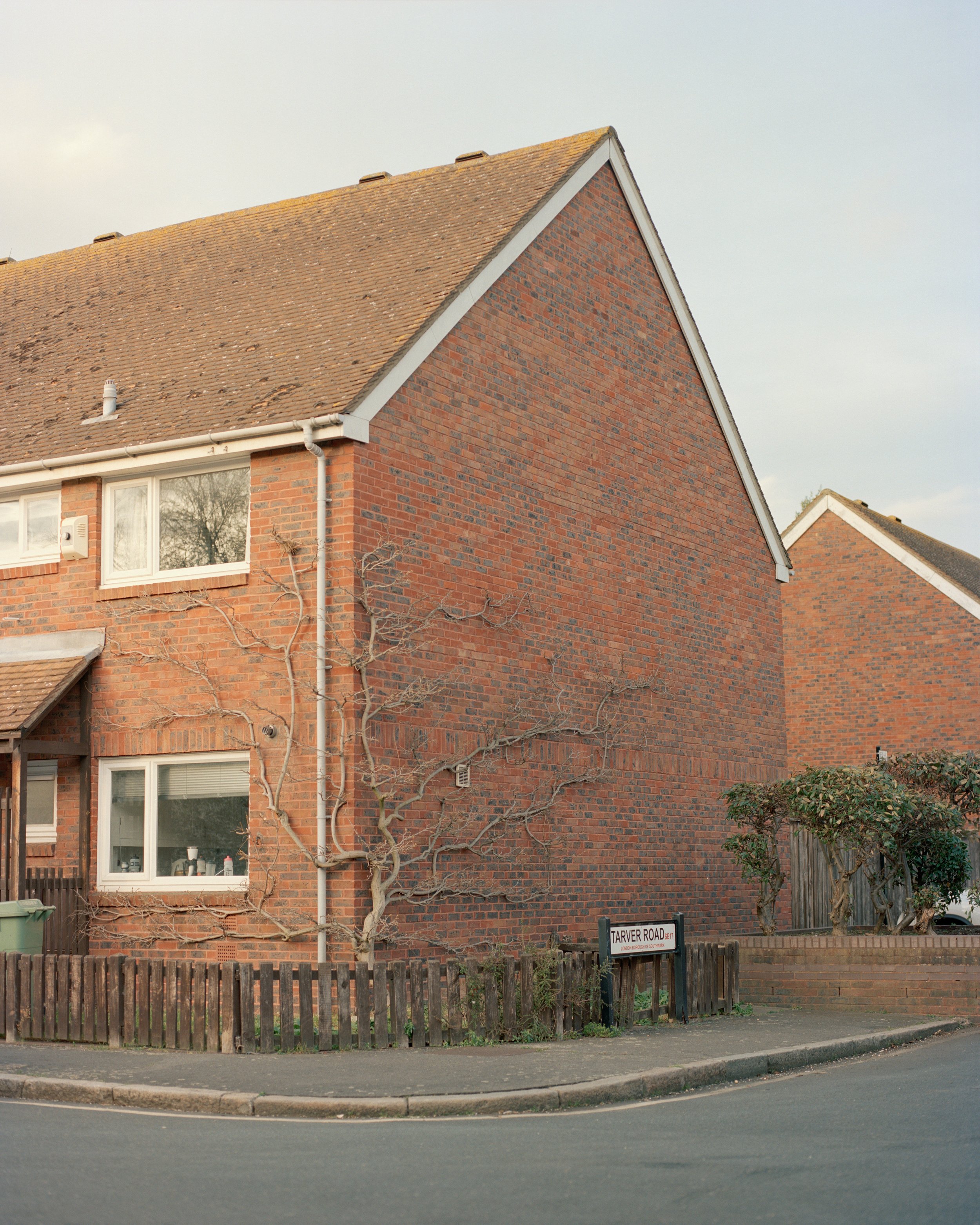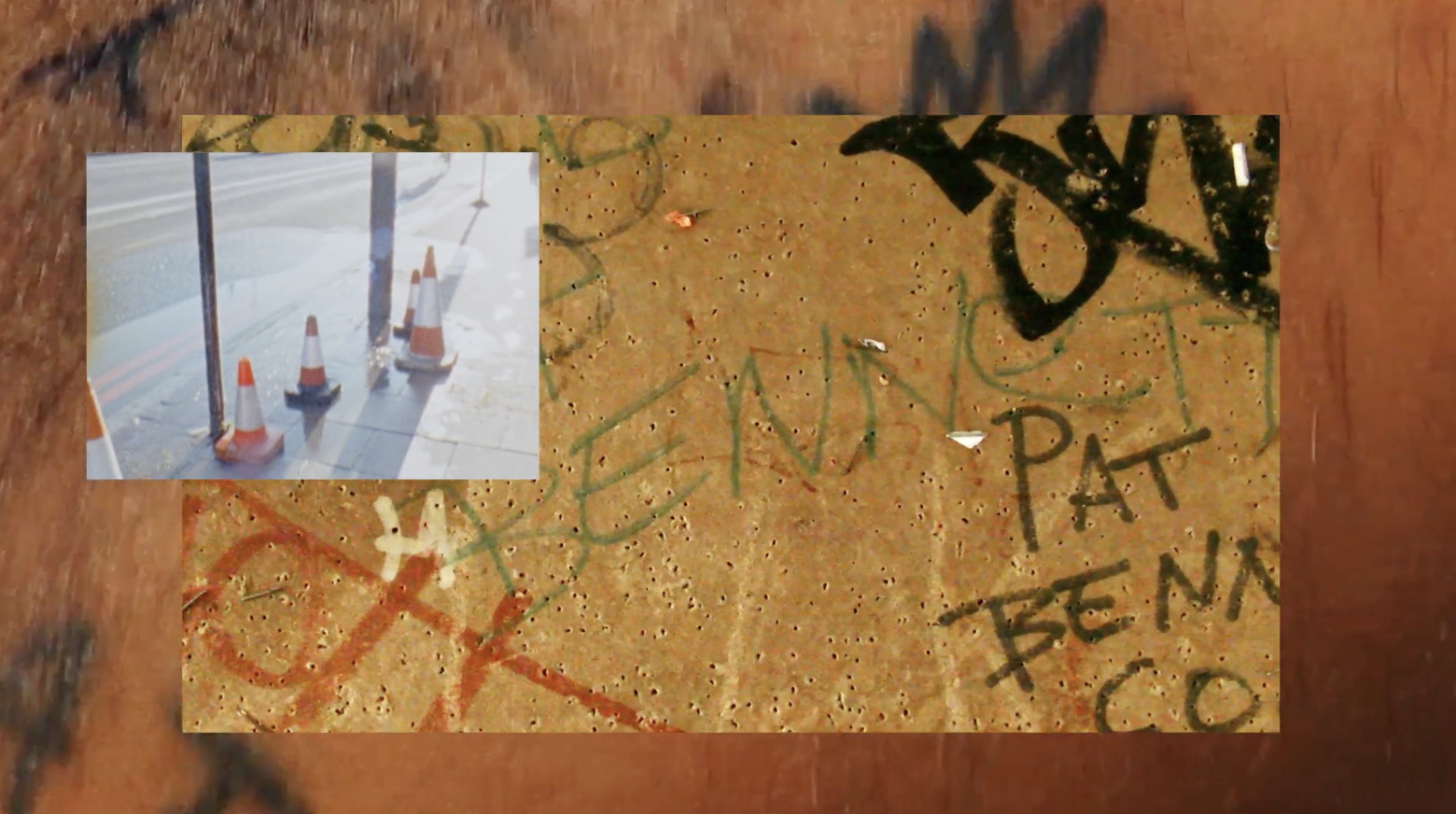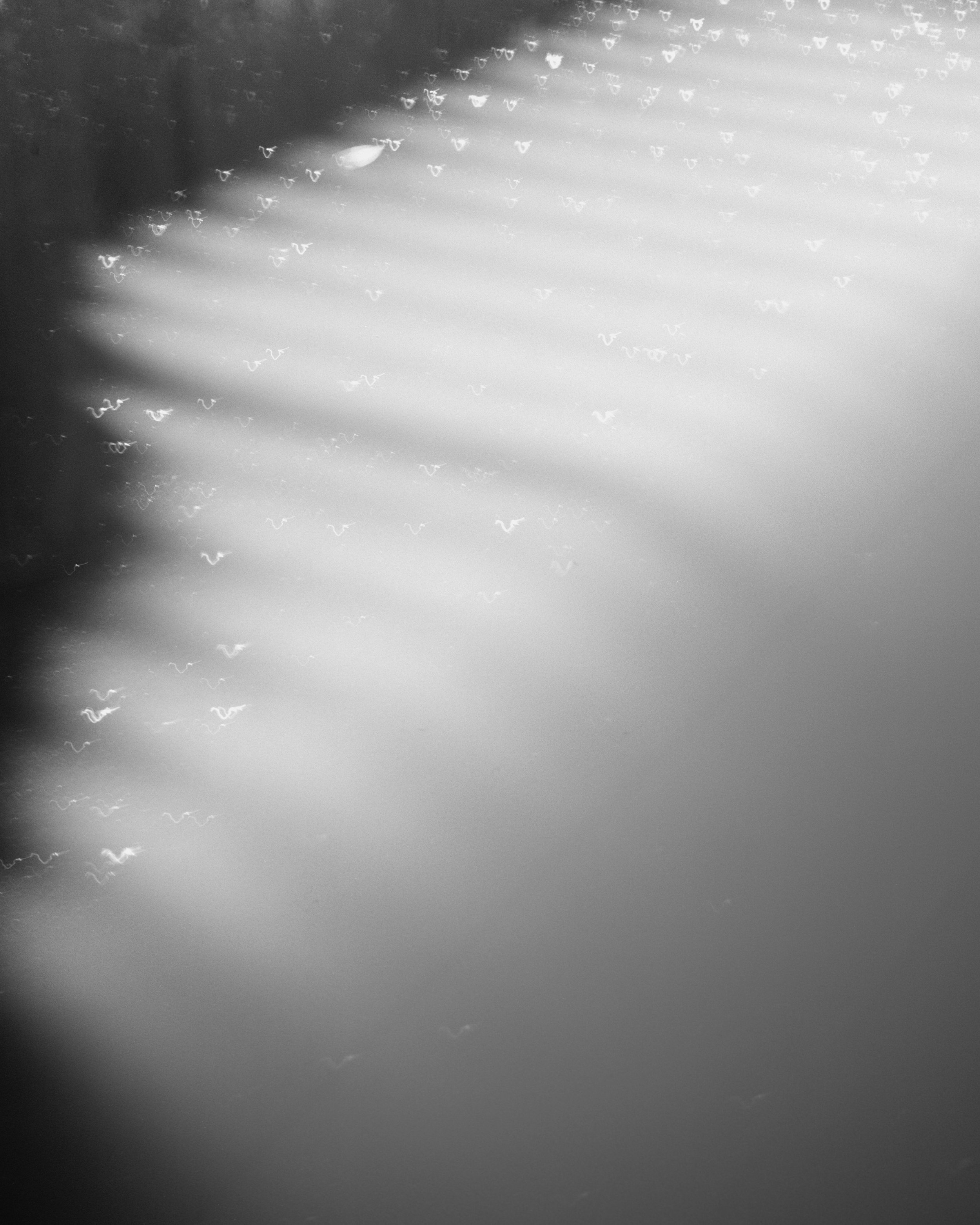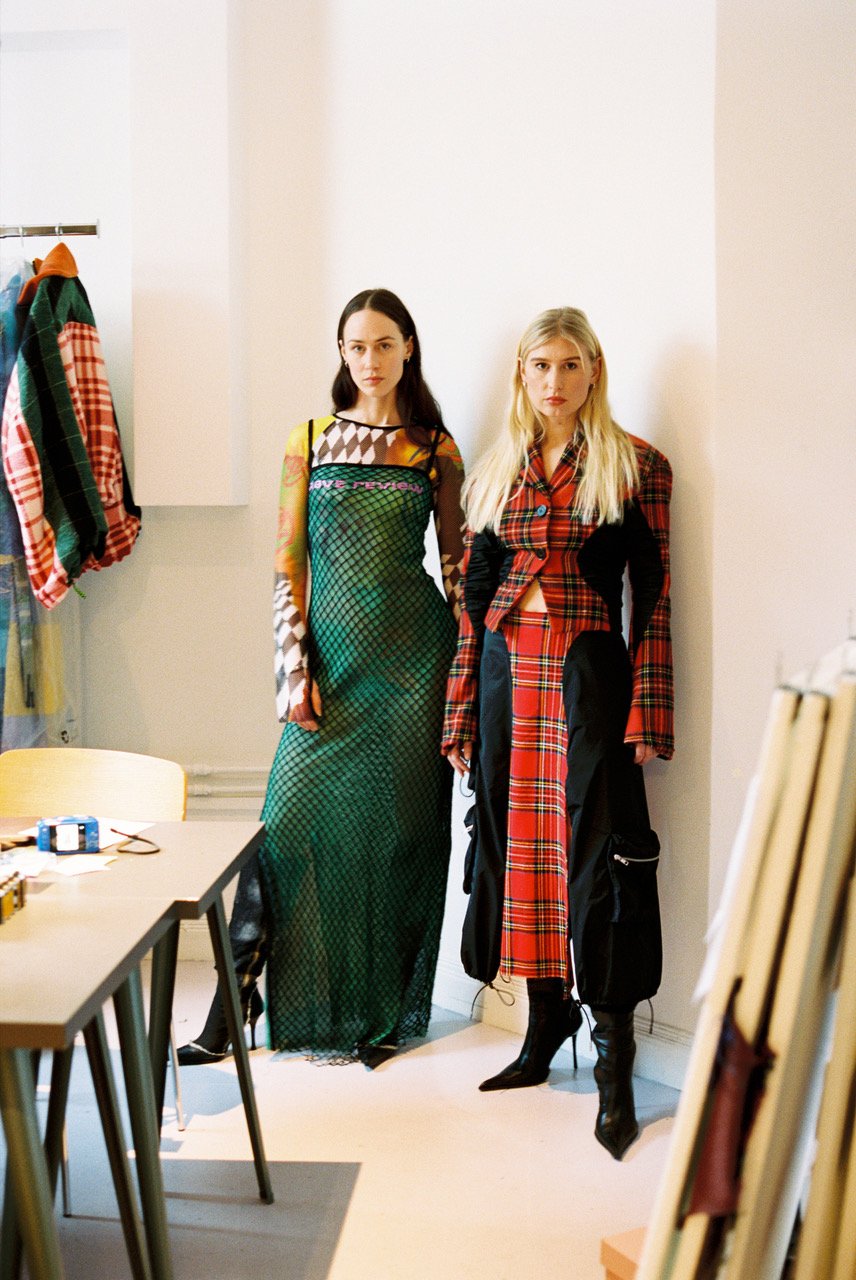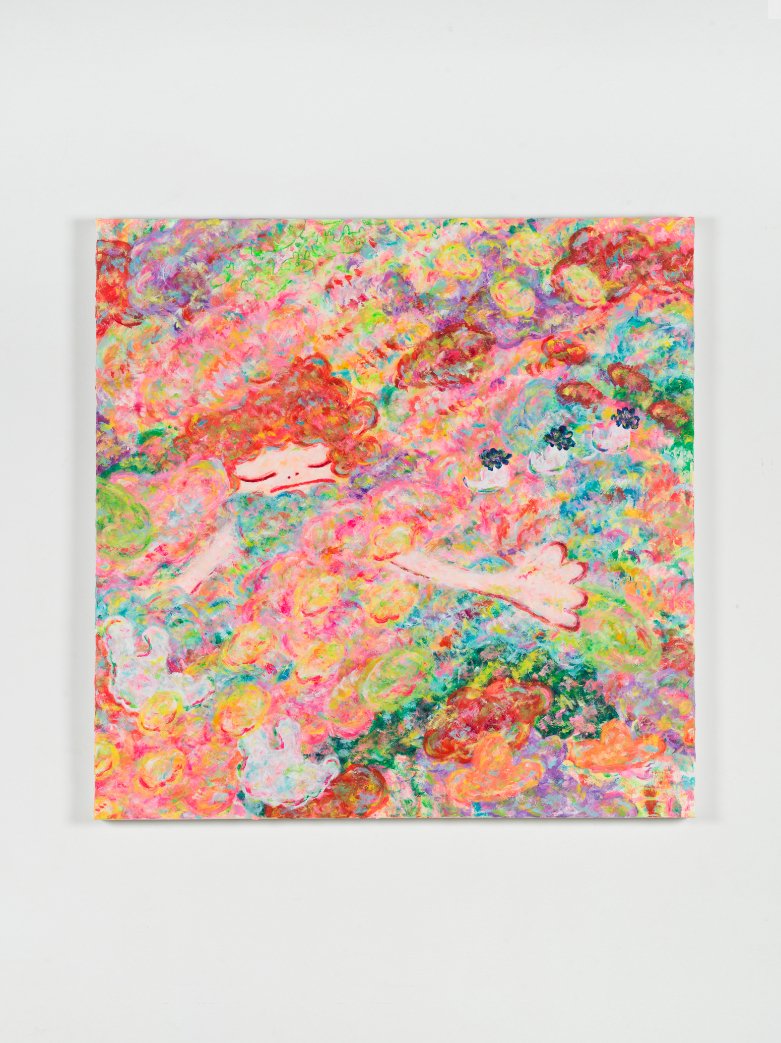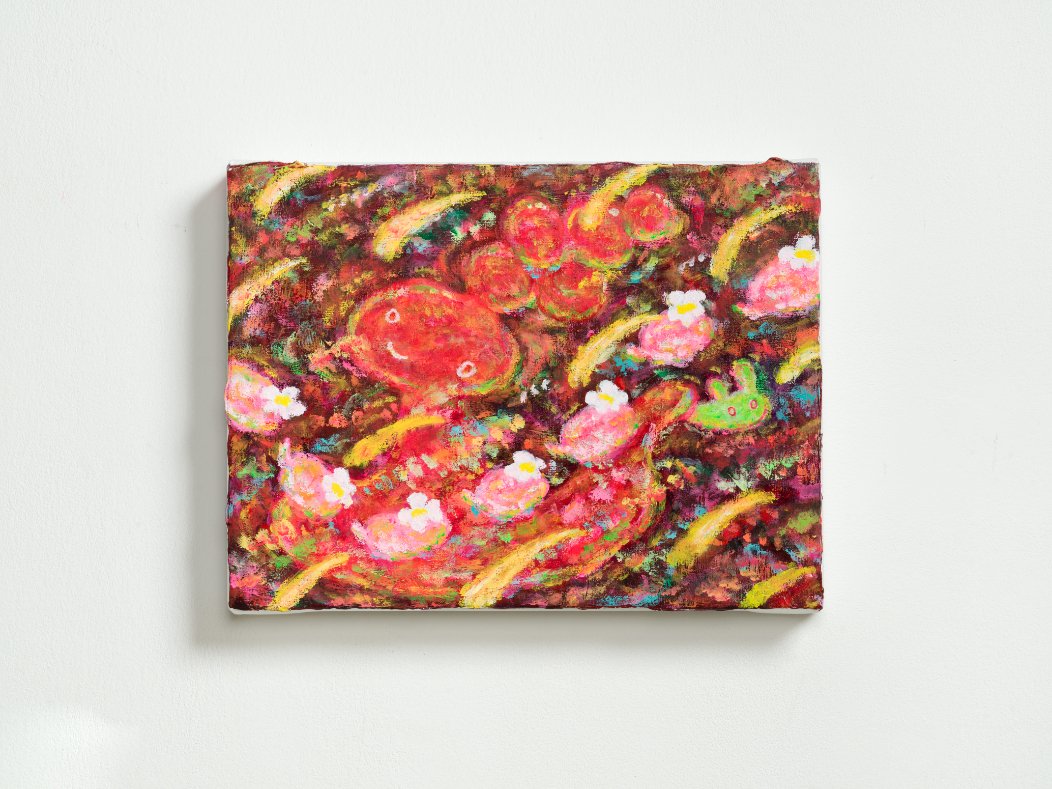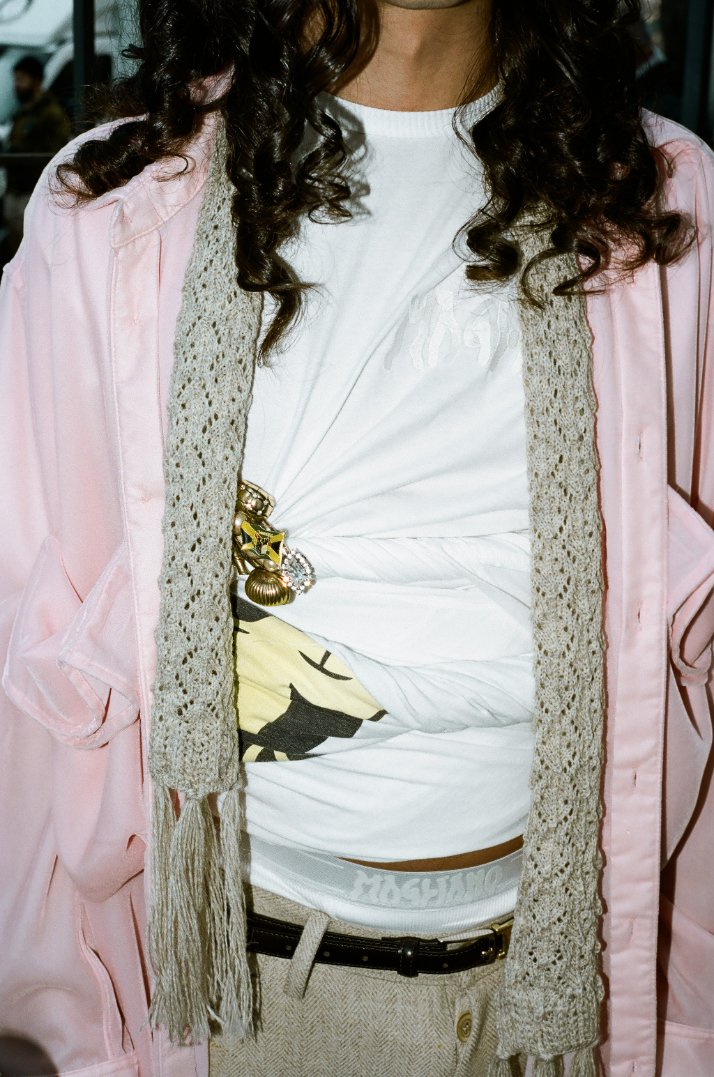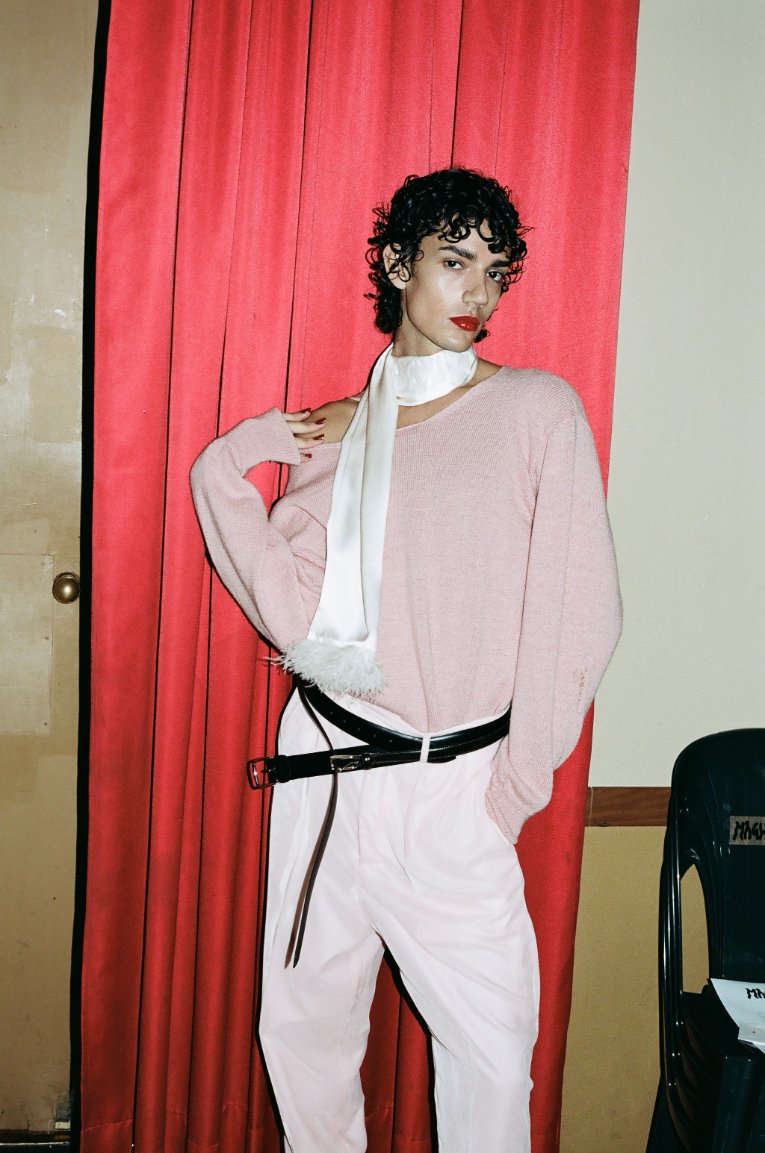interview and photographs by Sammy Loren
Until Semiotext(e) published Love Me Tender, Constance Debré was unknown in the United States. Like most French novelists, Debré’s life and literary career happen in Paris, a city she’s called home since birth, a city that seems to have shaped her classic French distaste for many current American cultural exports and obsessions. And perhaps it’s that Parisian je ne sais quoi that helps explain, in part, Love Me Tender’s splashy reception among American literati. Few foreign novels get translated and even fewer receive glowing reviews in The New Yorker, The Guardian, and The LA Review of Books. So why is this novel appealing to Americans? And what does its embrace say about US literature?
Love Me Tender follows an unnamed narrator who abandons her bourgeois marriage and law job to become a writer. Along the way the protagonist loses custody of her young son after her spurned ex-husband weaponizes her newfound lesbianism against her. In a surreal literary twist, the ex-husband’s attorney convinces the courts that her collection of books by Genet, Bataille and de Sade prove her degeneracy and the embittered ex wins full custody. As the narrator’s legal appeals inch through the French courts, she writes, swims and takes many lovers, her months punctuated by awkward, chaperoned visits with her son at a state-run center once every fifteen days. Love Me Tender is a painful examination of motherhood, family and the lines an artist must draw between themself and the world. But it’s also a punky take on sex and freedom drawn from Debré’s own biography, though the novelist provocatively insists that the book is not ‘about’ her.
Reading the novel in LA during the waning days of 2022, I couldn’t help but see in it a rebuke of the current literary moment, one often critiqued as straight-jacketed by moral and social objectives. On the other hand Love Me Tender is deliciously French, the narrator unsentimental, blasé even about choosing literature over motherhood, responsibility, and the trappings of upper middle class life.
Originally, Debré and I met at the LA launch of Love Me Tender in October, 2022. After inhaling the novel, I invited her to read at my reading series Casual Encountersz — I was curating one in Paris and Debré enthusiastically accepted. Though a health issue ultimately kept her from the event, we met the following afternoon at Chez Jeannette, a bistro in Strasbourg Saint Denis popular among Parisian artists, writers and glitterati. Debré, like the narrator in Love Me Tender, has a swimmer’s build and in person she’s warm and intellectual, kind of grand in her own way, gently tapping sugar crystals into an espresso, often palming her buzzed head of hair. Despite the lousy January weather, we sit outside, Debré across from me with her back to the street, just beyond Chez Jeannette’s awning. Though it drizzles throughout our conversation, Debré seems indifferent to the rain.
SAMMY LOREN: I really loved the book and found it very refreshing. No one is writing books like this in the US right now and I'm curious if you have any thoughts on the state of American literature.
CONSTANCE DEBRE: I'm gonna answer, but why do you have this feeling?
LOREN: Well, I read a lot of contemporary literature, I'm following it. Many have MFAs and are focusing on identity.
DEBRE: Something I hate, of course. There are many things I hate in literature. I hate books for the happy few. I really hate that. I hate psychology in literature. I hate sociology in books. I'm really fed up with trauma. I don't believe in identity. But I believe in the human condition, which is something we don't know what it is, but it's being crossed by many emotions and hidden feelings, this thing that drives a path through us.
LOREN: Why don't you believe in identity? Can a belief in identity and the human condition not coexist at the same time?
DEBRE: I mean I don’t even know what people mean when they talk about identity. I feel things. I think things. I’m doing things. That’s how I would describe being a human being. I don't know how those external things people are referring to define our or their identities, or what that has to do with life as we really live it. I am sorry, but I really don't care about being a woman, or white, or French: it's there somewhere but so, so far away from what's really happening in my life, and of what interests me in my life or others. I read Dostoievsky and his characters are Russians, men who lived 150 years ago under the Tsars and yet I am, for instance, Ivan Karamazov more than myself. I am also Swann, Ishmael, etc. We are all the possible identities because identity is nothing, at the level which interests me. I can be Descartes, Blaise, Pascal. That is why I don’t have any problem identifying with people who have nothing to do with me. That’s what literature is all about, that we can talk to each other, even the dead with the living because we have something in common: the human condition, and the language to try to shape it. Identities and categories are useful, although always simplistic and vague, for sociology or marketing: not in art or literature, I think. Art or literature is about one topic: being, which means the one and the whole, the singularity and humanity, it's almost mathematical.
LOREN: Your writing style is very clean and direct. Which writers — French or American — influenced that stylistic choice and why is it important for this book to employ such simplicity of language?
DEBRE: Thank you for speaking of stylistic choice. Because it is. I used to be a lawyer and I loved law school. At some point I even almost became a law professor. And French law is very specific and different from US law. It's all based on written law — not case law — and on very specific language which is precise, clear, and effective. And I think — as many writers used to do — that it's the most beautiful style. I think the most beautiful thing about literature is the fact that it's so simple. One thing everyone has is language. I love the simplicity of language, which can be understood by everyone. The aim is not to prove that you have read Spinoza or that you go to museums or art shows. That’s one of the reasons my sentences are very short. My vocabulary is very simple. I decided to write like that because I wanted my book to be very direct. And — regarding French law or my stylistic choice — it's also related to a political conception: it has to be immediately understood and more, felt by anyone. It has to work, and to work on everybody possibly, and not only on a few super educated people. I hate that boring French bourgeois tendency. A good book is about what all of us have in common, what makes us human, not about our little singularities and snobisms. I am influenced by a pair of jeans, William Eggleston’s photography, or Terry Richardson’s or Tillmans’, by music from Bach to rock ‘n’ roll to rap, by the beauty and simplicity of American English: by our modernity. From all of that I make my style. Writing about things Dostoievsky and Shakespeare and Conrad and Hugo and those kinds of writers have written about. I don’t read a lot of contemporary literature, I have to confess.
LOREN: I'm curious how you describe Love Me Tender. Is it a memoir? Fiction? A mix of both?
DEBRE: It's a novel. Everything is true. The main character is made out of me. And the events are representations of true events. But it's not at all a memoir. It's not about me. The difference is that there is a form. I mean, you can take a chair or me or anything, but the thing is to find a form that has a meaning. And the meaning is not the meaning which is written, it's the meaning that helps us to live.
LOREN: What are your thoughts on autofiction? Do you see a distinction between fiction and autofiction?
DEBRE: Distinction? It depends what you do about it. Because it could be a memoir, for instance, or it could be something completely different. What is very interesting is the first person and I have been very interested in this question. The moment you choose to write in the first person you experience something that has no evidence. You don't know what it is. So, that's exactly the evidence that identity is a narrative. It's not something true. So this, I, what is I? Okay, I am having a coffee. I can say that. What does it mean? What is this I? When you try to write in the first person, you have to decide what you're gonna put in this I. I mean, I'm not interested at all about telling my own story, or in this literature of talking about all the little dramas of personal life and of childhood, I'm just fed up with it to tell you the truth.
LOREN: You spoke about writing in the first person and how this proves that identity is 'narrative.' I wonder if you can expand on this concept.
DEBRE: The first person is great in literature. It works instantaneously. Think of “Call me Ishmael” or “Longtemps je me suis couché de bonne heure” [“For a long time I used to go to bed early”],which are the opening sentences of Moby-Dick and À la recherche du temps perdu [Remembrances of Things Past]. We identify immediately with a book’s first person, and we follow the voice, the character. This is something almost magical. The character who says I has a strength no other has: he’s the one telling the story. And this power is what we readers are looking for when we open a book. And yes, if identity exists, it is moving, and up to us, it's a narrative and not an origin, it’s the way you tell stories and the way you walk, not where you come from. It is the form we give to everything. And this is where freedom lies, in the form we chose.
LOREN: Reading the book, I kept thinking of punk music for some reason, like, it had a punky spirit. Do you listen to music when you write?
DEBRE: A little, yeah. I mean I'm not, not listening to music, but like anyone living there's music, movies, there's this culture around me: punk music, rock music, rap music, classical music. But it's another thing I think we have in music and a little bit in movies, but more in music, much more than in books: transgression. Literature in some ways can be much more conventional these days than music.
LOREN: What do you think is driving that? Why do you think literature is more conventional these days than other art forms?
DEBRE: Oh my goodness, I don't know, but listen, there are many reasons. Everyone is very cautious now, publishers and writers as well, because they're afraid of being canceled.
LOREN: Do you feel like that's a big fear in France?
DEBRE: Less than in the US, but yes. For instance, that's why I didn’t want to present a main character that would have been too easily likable. She’s a mother and the story with the son is very sad and unfair. And she's a lesbian, so it would have been very easy to represent her as a victim. I didn't want that. That’s why I emphasize that the character is not complaining, she's not explaining anything. And I wanted her to be a lesbian but not in a bourgeois way and for many lesbians that’s not a ‘good’ way to be a lesbian. I wanted there to be some discomfort. That's the trick when you write in the first person and the main character is made out of yourself: the moral obligation is to draw a character, which is not completely likable.
LOREN: Especially when the writing has many parallels to one's own life. Like, you could paint the character as the most sympathetic version of itself. Sort of like, everybody be nice to me and like me, you know?
DEBRE: Yeah, writing about me is fine, okay, I'm gonna gonna write about me, but it's not me. But I do have, I mean, I have the obligation to be a bit scary too. And, if I want to represent a lesbian in these times where actually it's very acceptable to be one, to be gay, I mean, nowadays in our countries, it's, I'm sorry, it's extremely easy and it's almost trendy. But if being gay is being a ‘good gay,’ I want to represent a lesbian who is not ‘good,’ who doesn’t want to have one partner, that’s more fun.
LOREN: Maybe the most interesting part of Love Me Tender to me was where you write about what you basically just said, which is when the protagonist concludes that if she had left her husband only to keep practicing law and to get together with a similar upper class woman and was a conventional bourgeois lesbian, it wouldn’t have meant anything. Why is this radicalism central to the character’s project?
DEBRE: Yeah, I think the more radical thing is refusing money to dictate her choices, to write whatever the price is, even if it means to have no money and then lose her son. To do what she wants to do.
LOREN: Did you notice any differences between the way the book was received in France and in the US? I'm curious about how the reception has been different, like how do audiences see the book for you?
DEBRE: I'm very happy with the American reception because I think in France, well, it depends, but some people were a bit more interested in me. They thought it was about me telling a story about myself. No, it's great, this girl, she used to be a lawyer, and then she did everything to become a writer and she cut her hair. And this is not important at all. But in the US I think the radicality has been seen through the language itself.
LOREN: Why was it important for you that the protagonist not be perceived as a victim in the novel?
DEBRE: Because I don’t believe in a world of victims and the guilty. I don’t believe in innocence and am not interested in it. We are all victims and we’re all guilty. We are sinners and we are pure as the newborn. It is the human condition. Moreover, we are all the innocence and the guilt of one another. It is something complex but absolutely certain. This is much more interesting and beautiful than a world of victims and oppressors, which is a boring and dangerous lie.





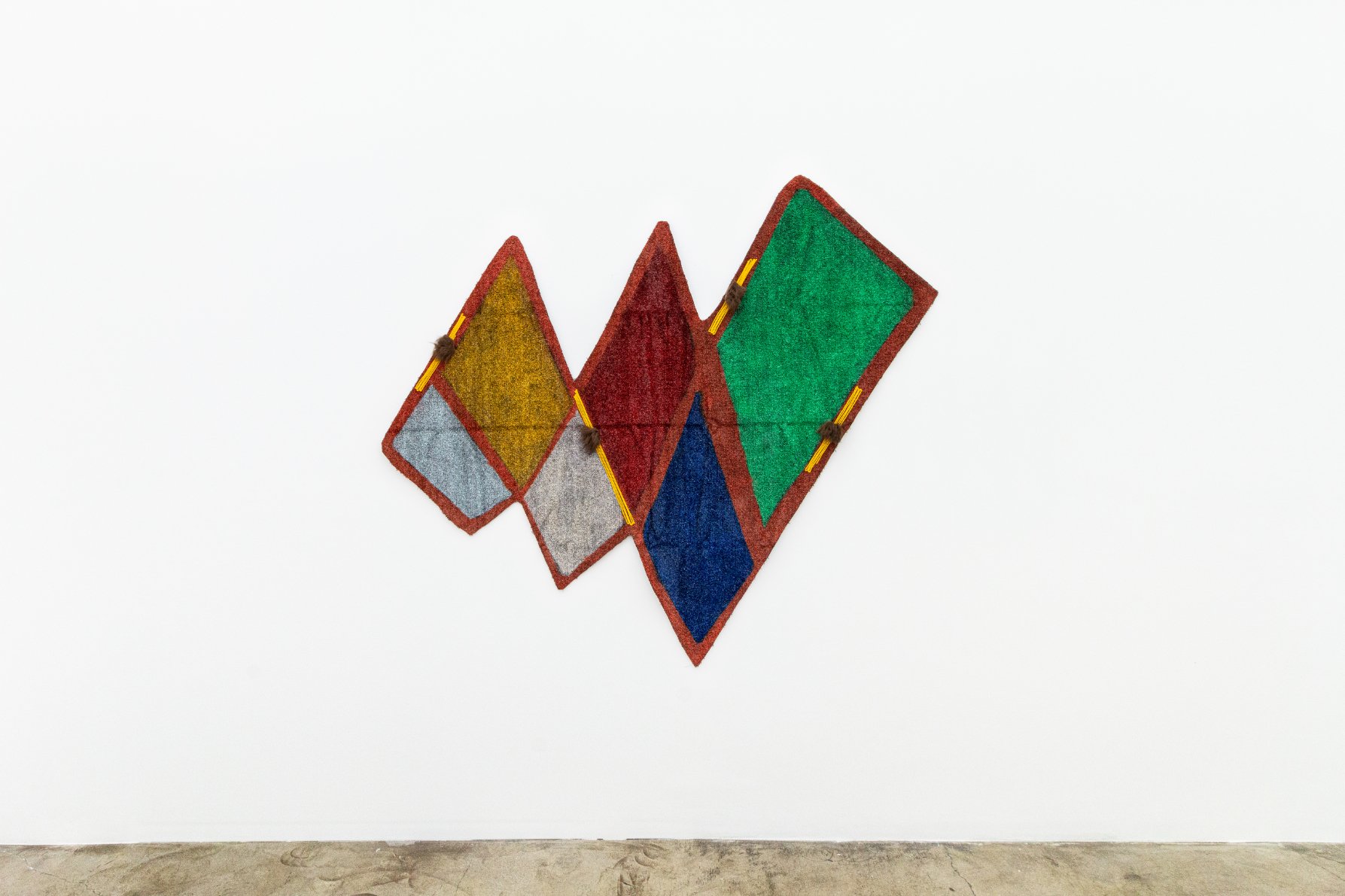
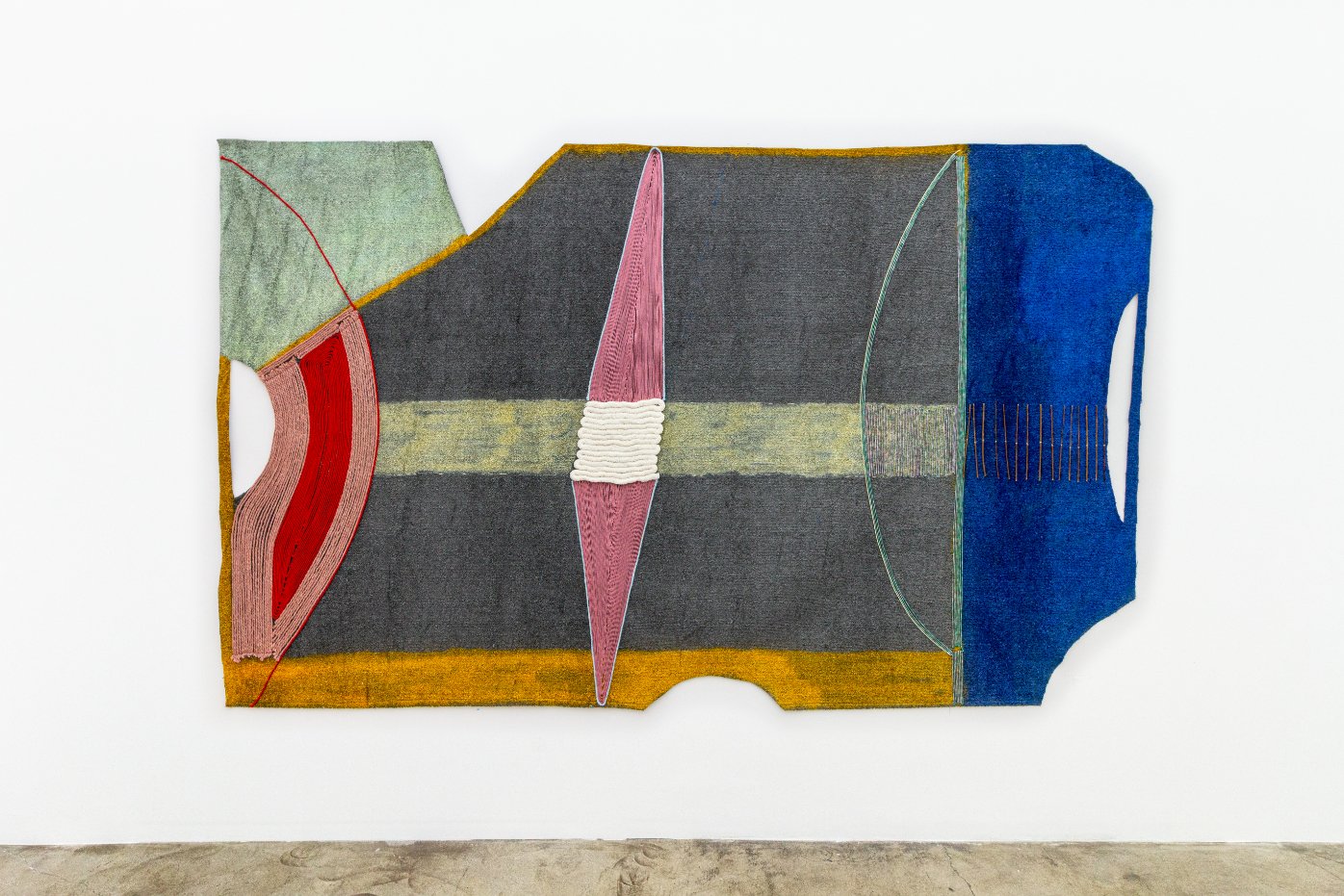
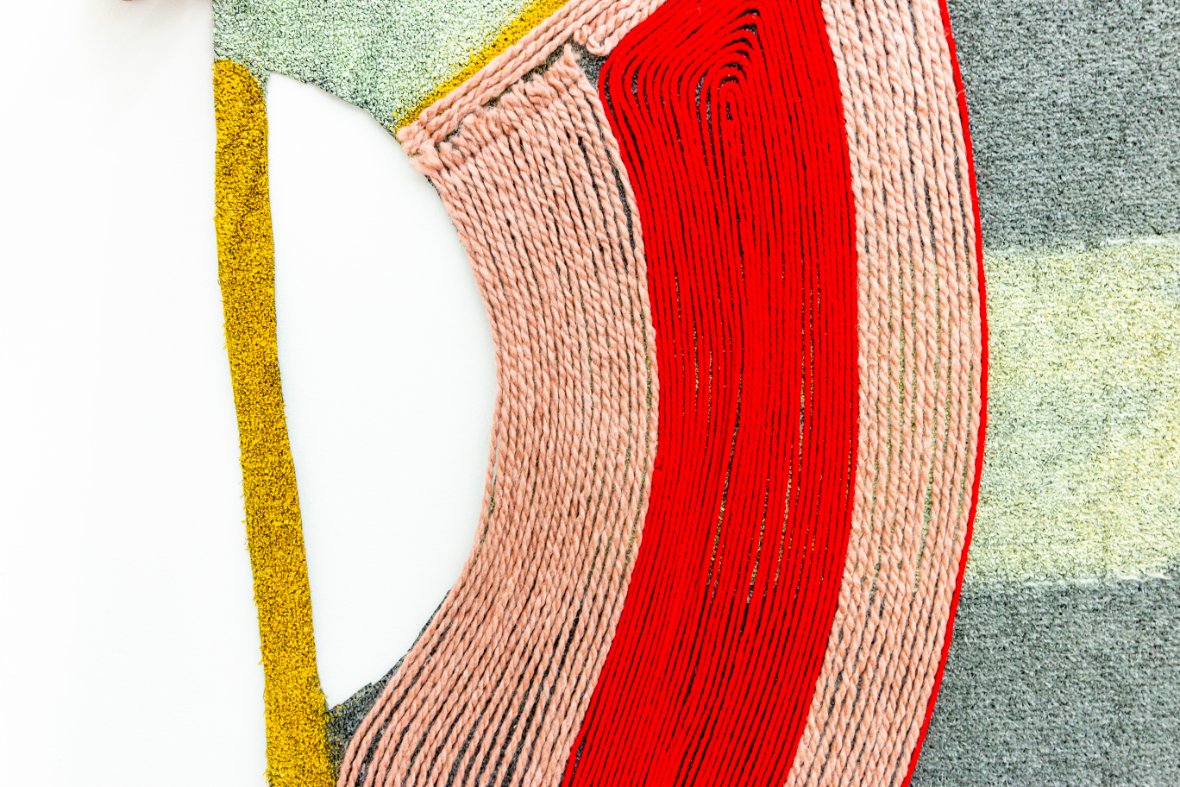
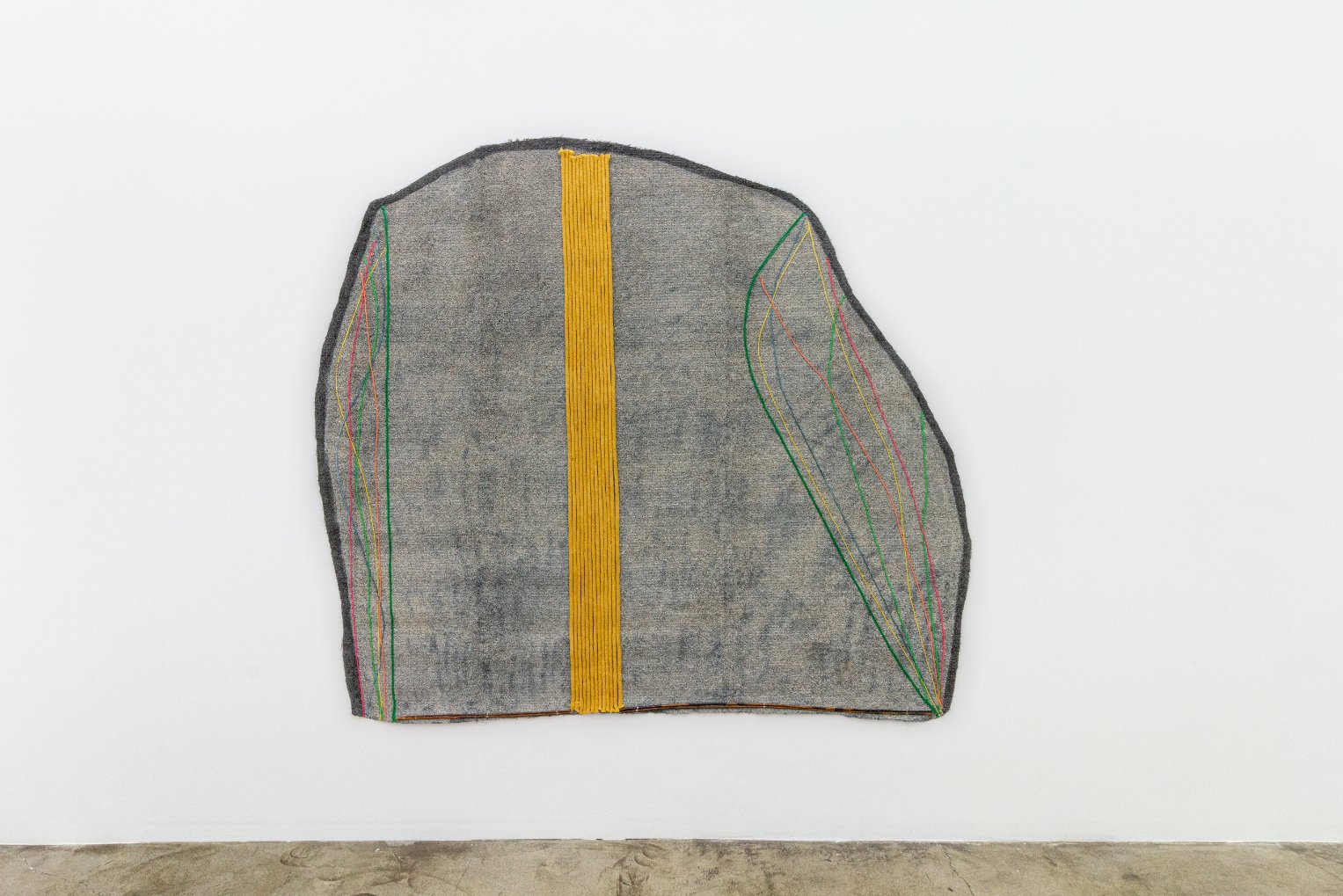

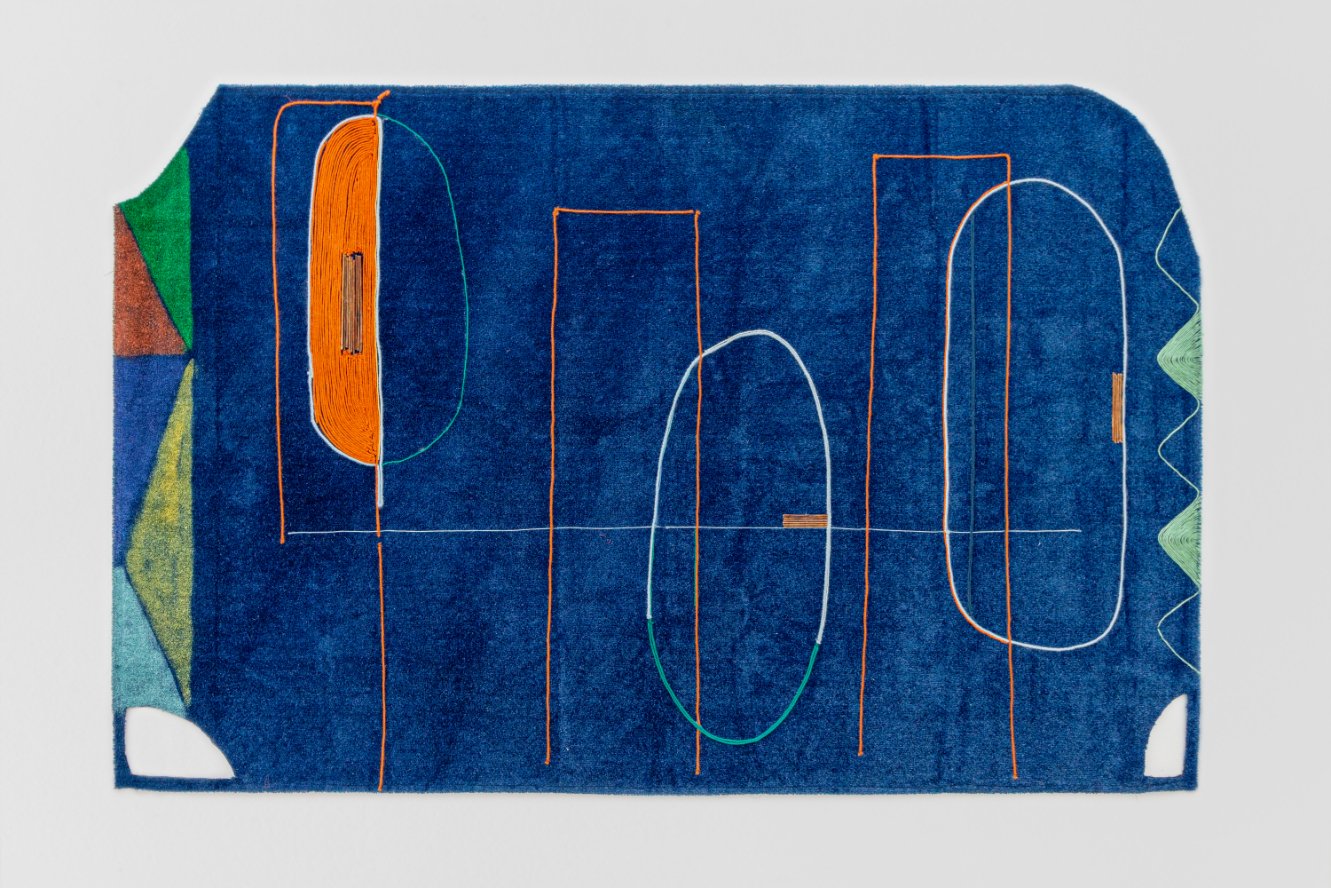
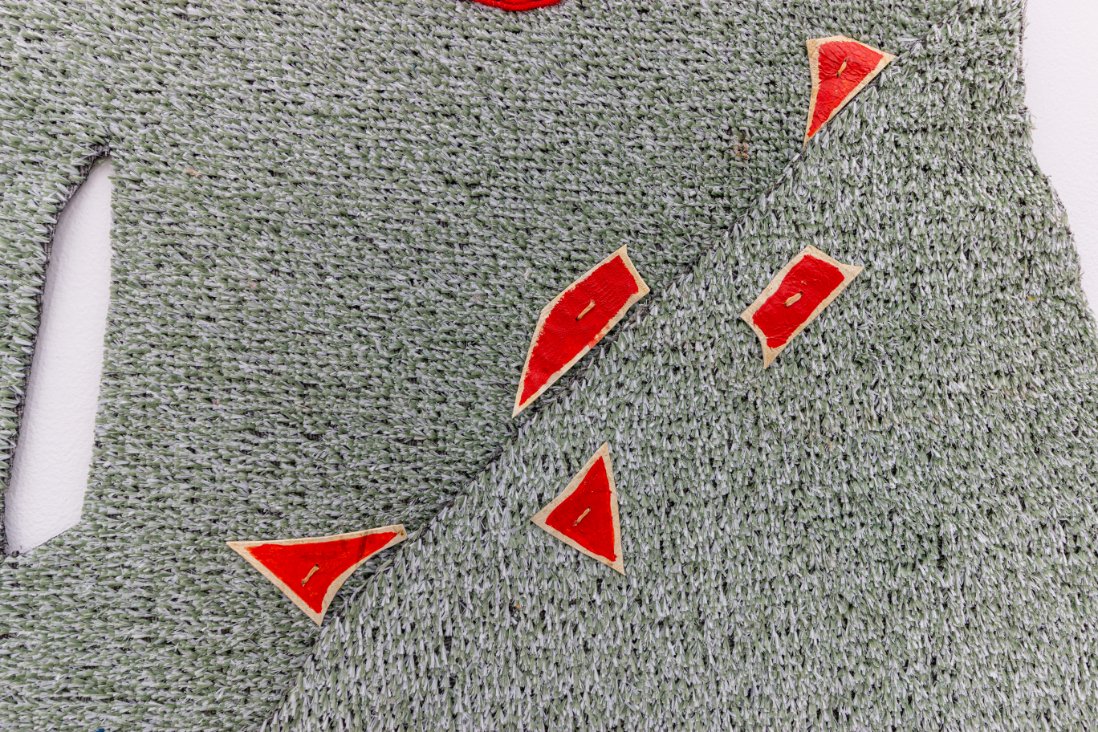
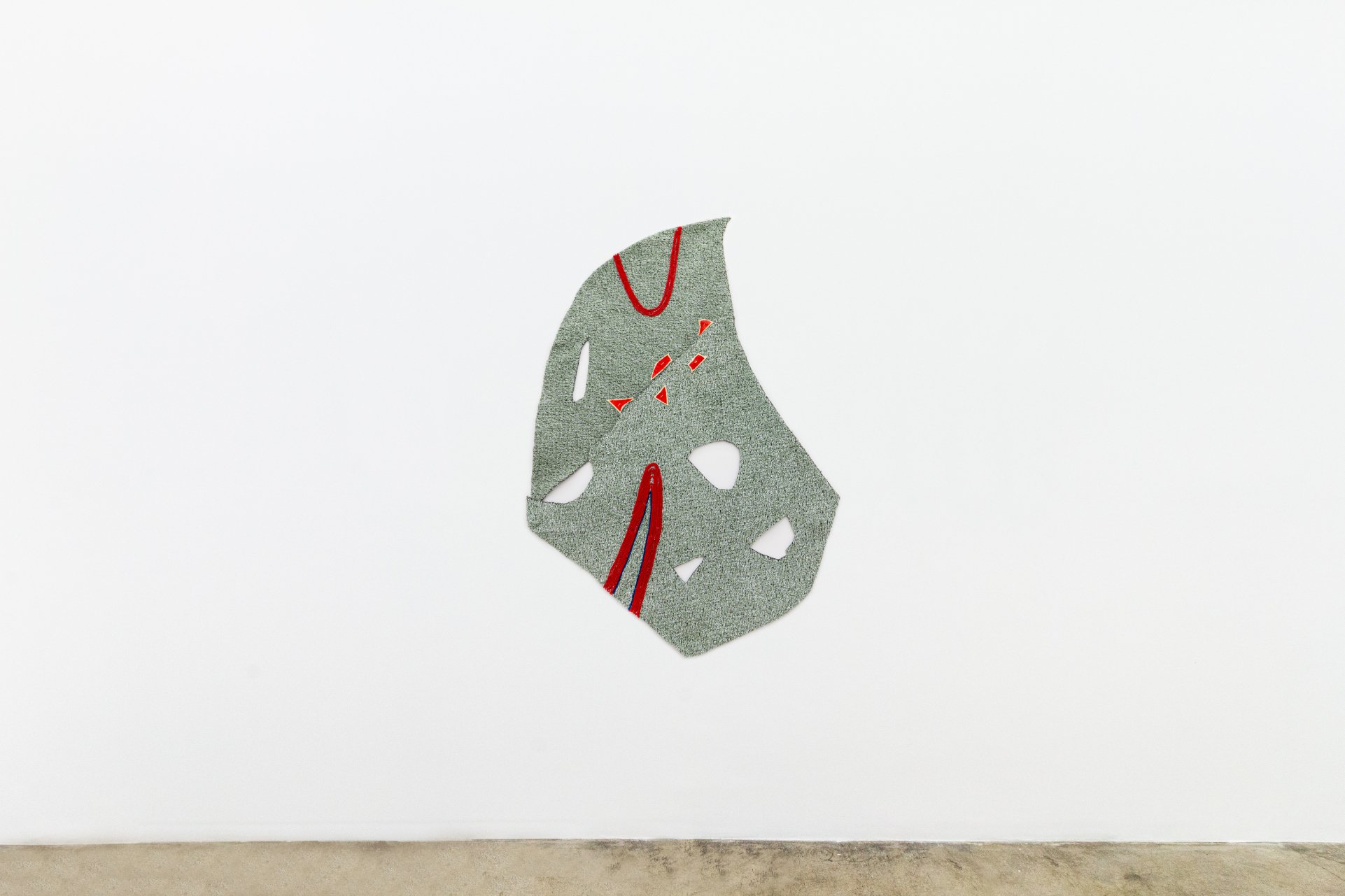


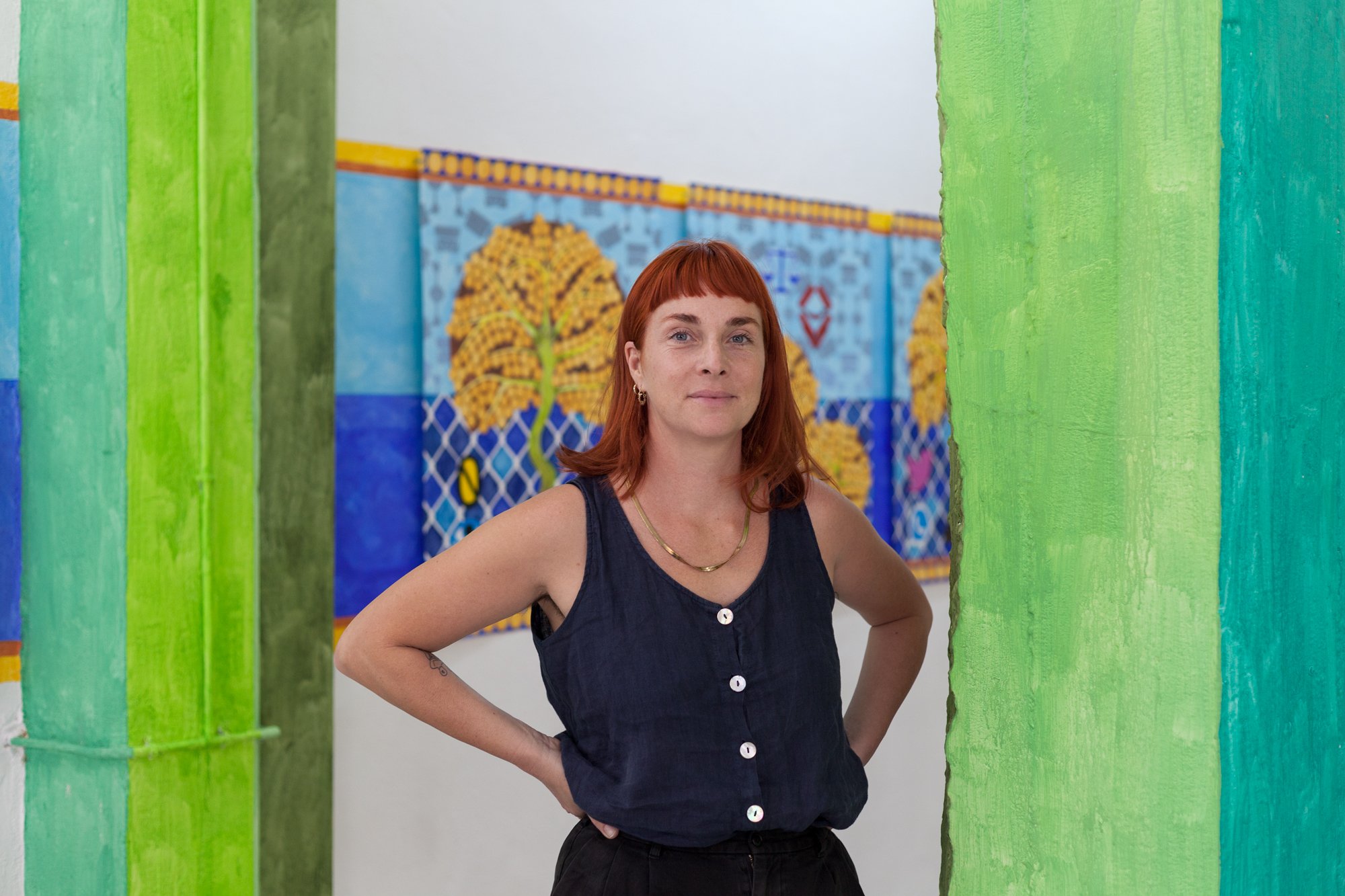
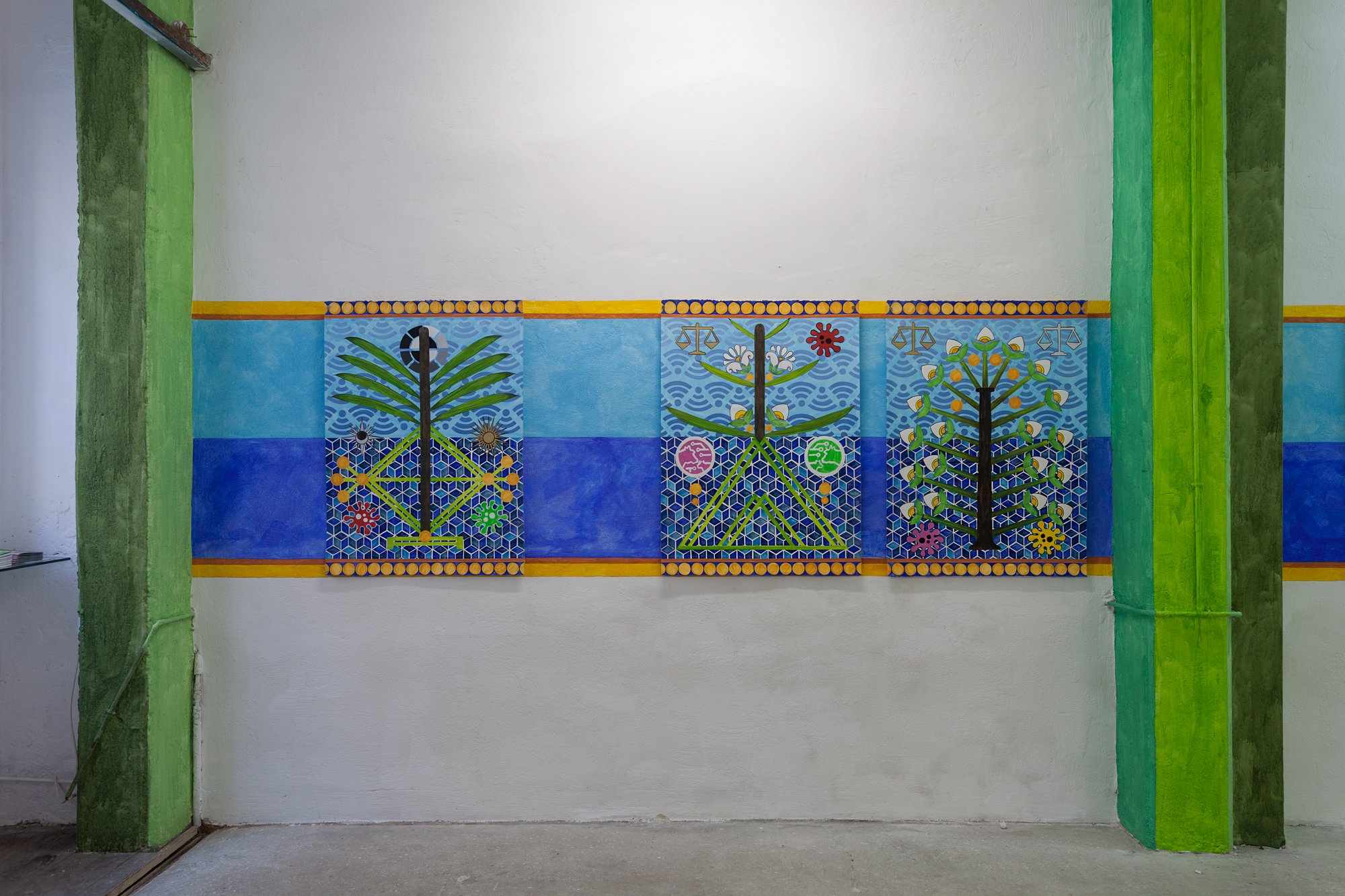



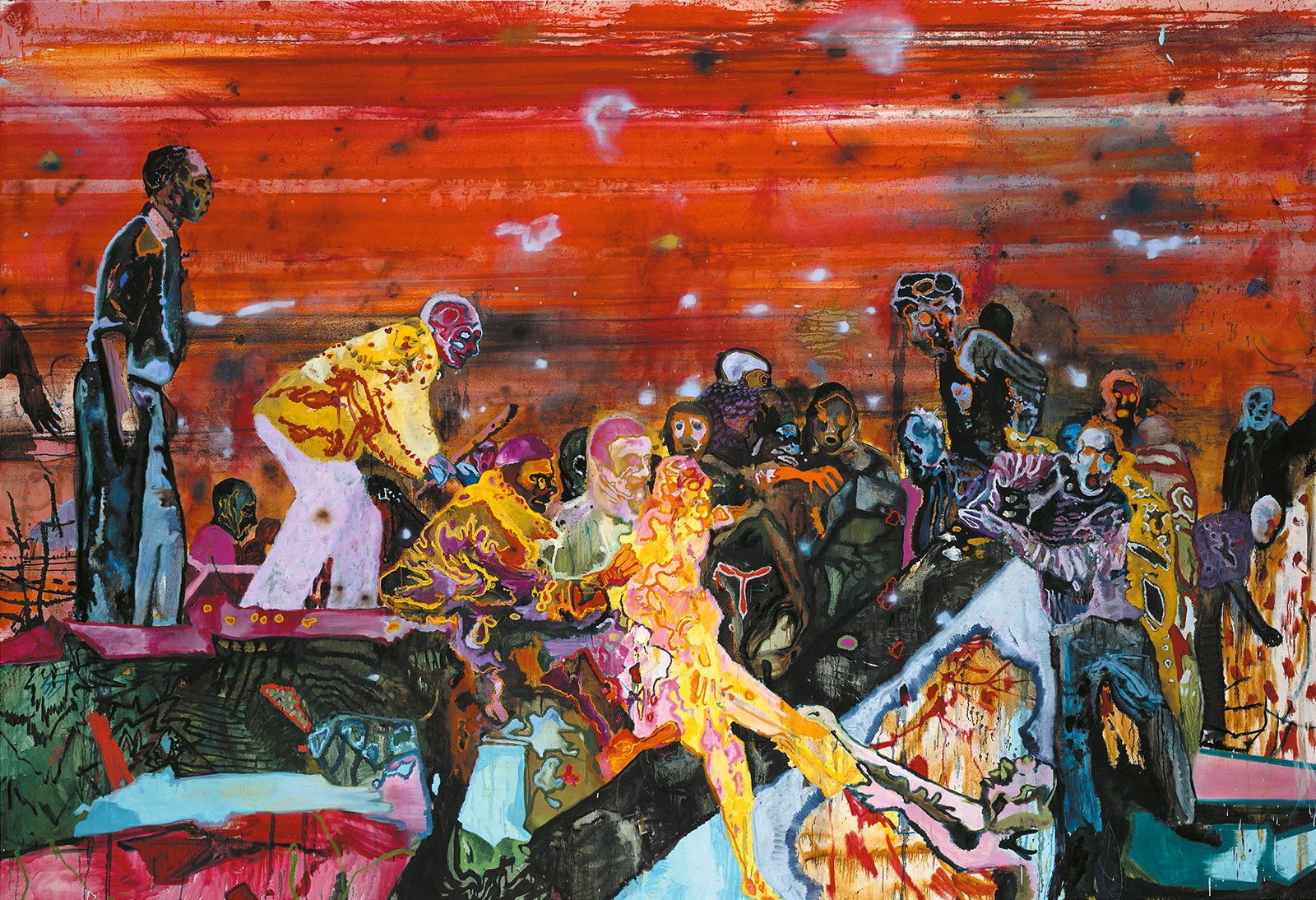


![Alannah Farrell [detail of] X (Pearl Street) 2022 Oil, acrylic, and latex on canvas 78h x 50w in](https://images.squarespace-cdn.com/content/v1/544cb720e4b0f3ba72ee8a78/1664929363203-TJY0DI2ELRJ30BSG7XWM/AFAR011+-+Alannah+Farrell+-+X+%28Pearl+Street%29+04.jpg)
